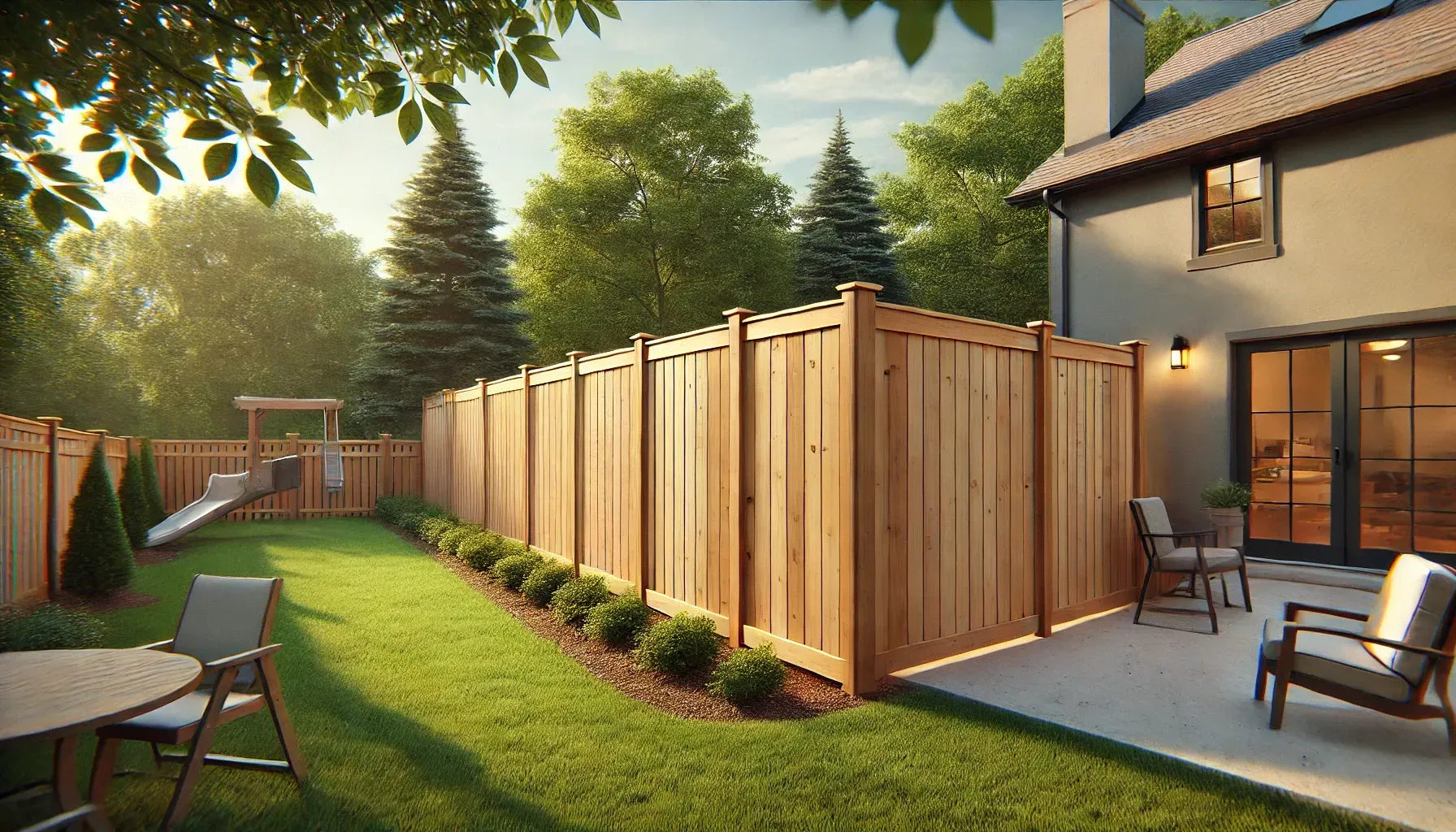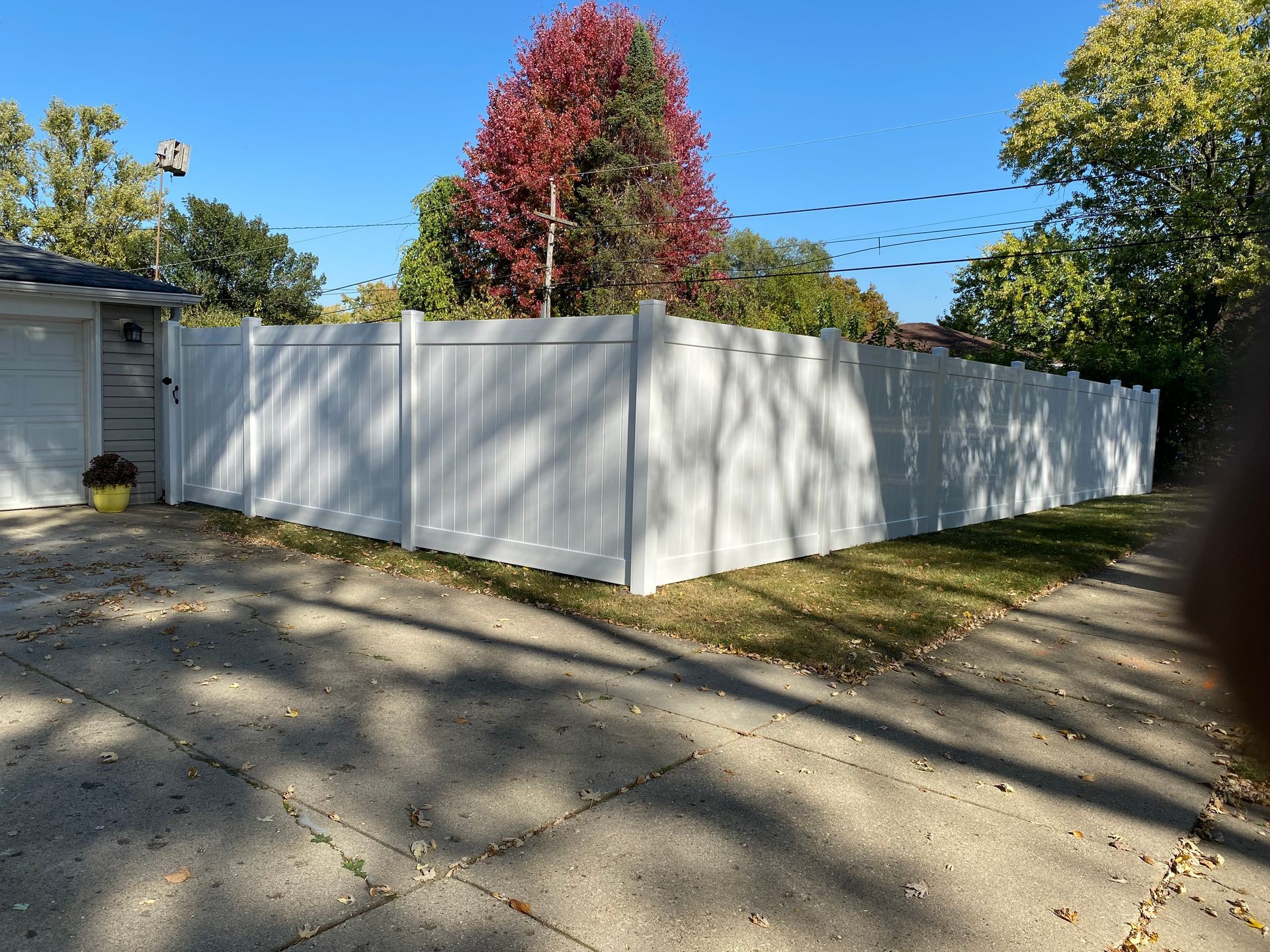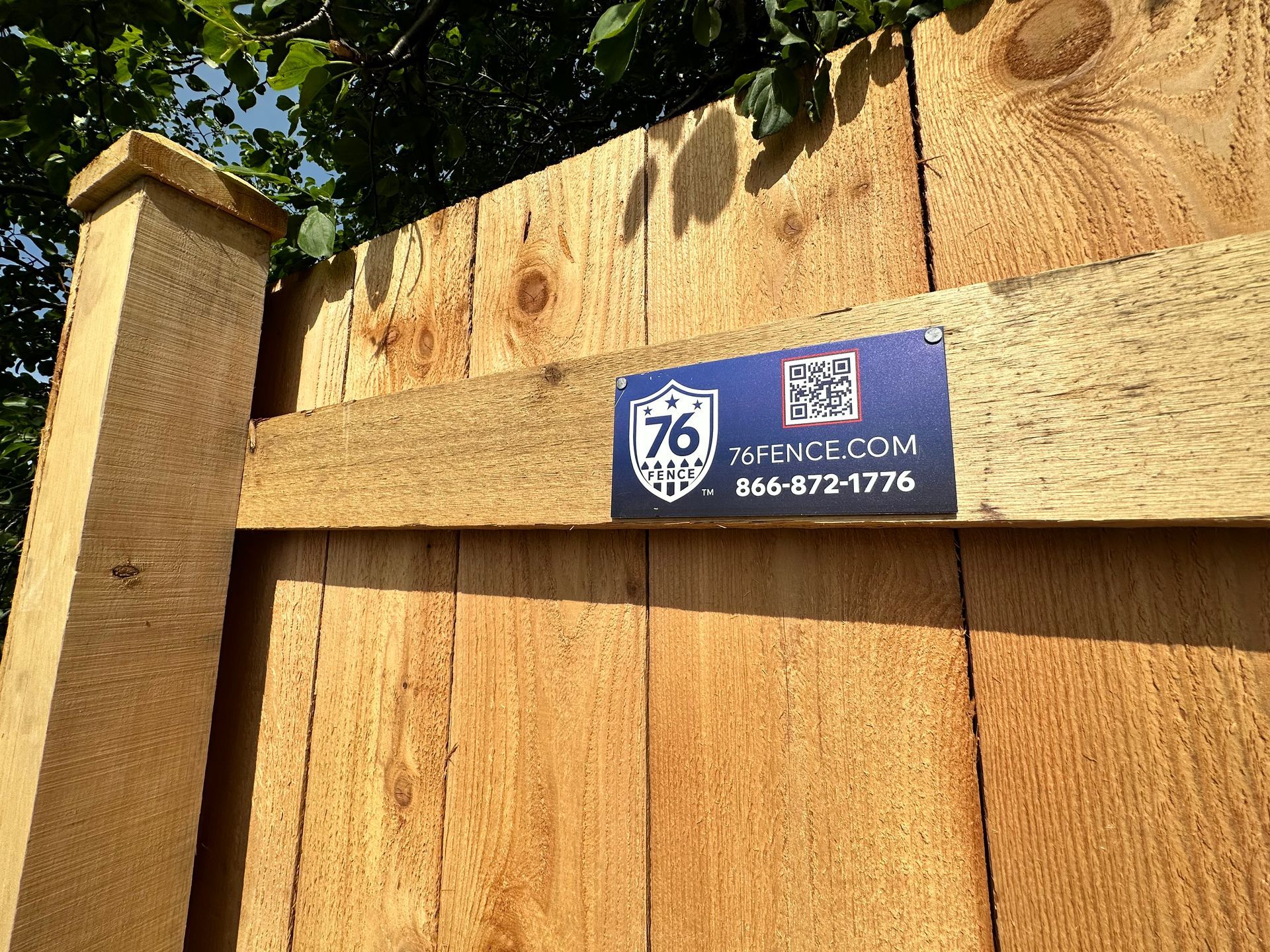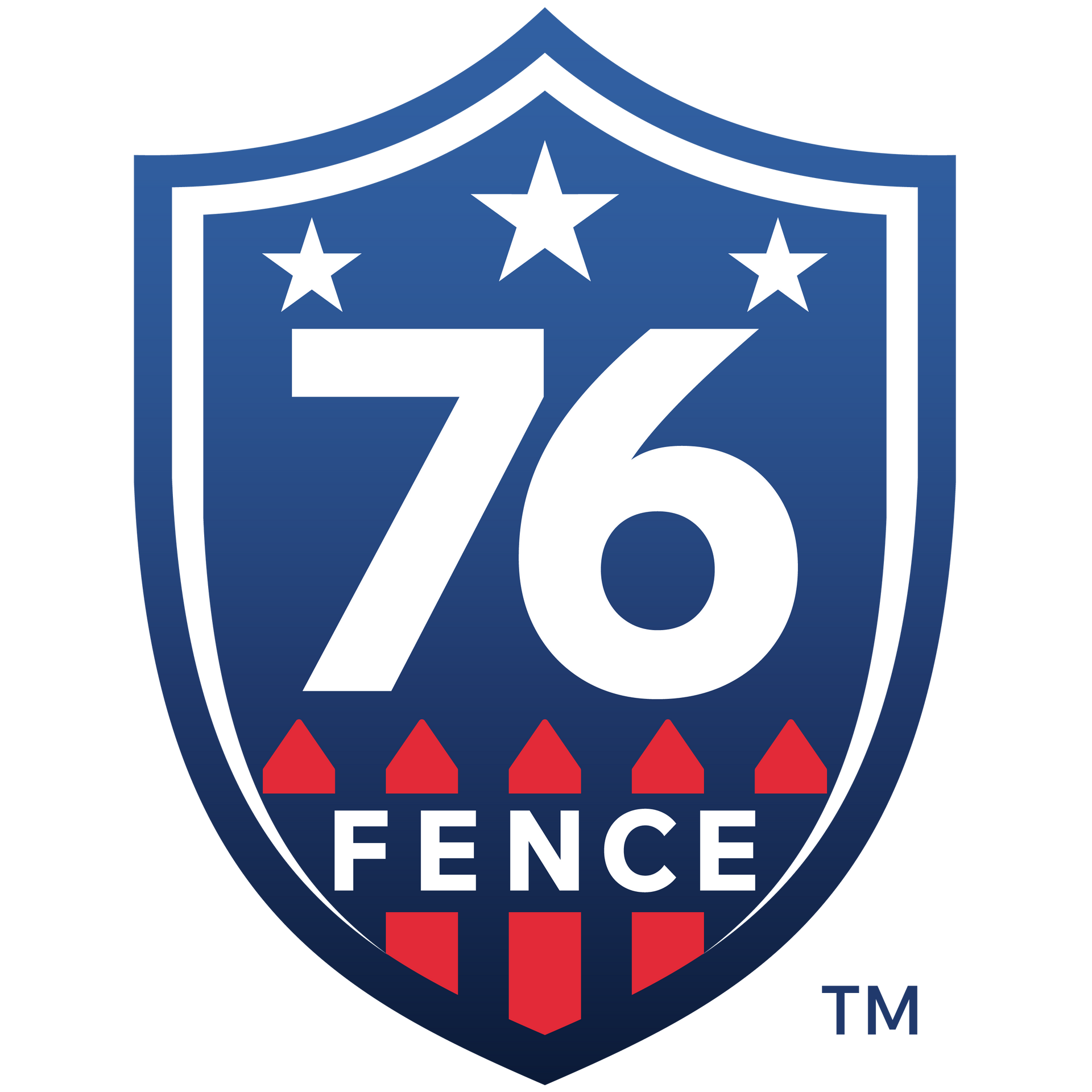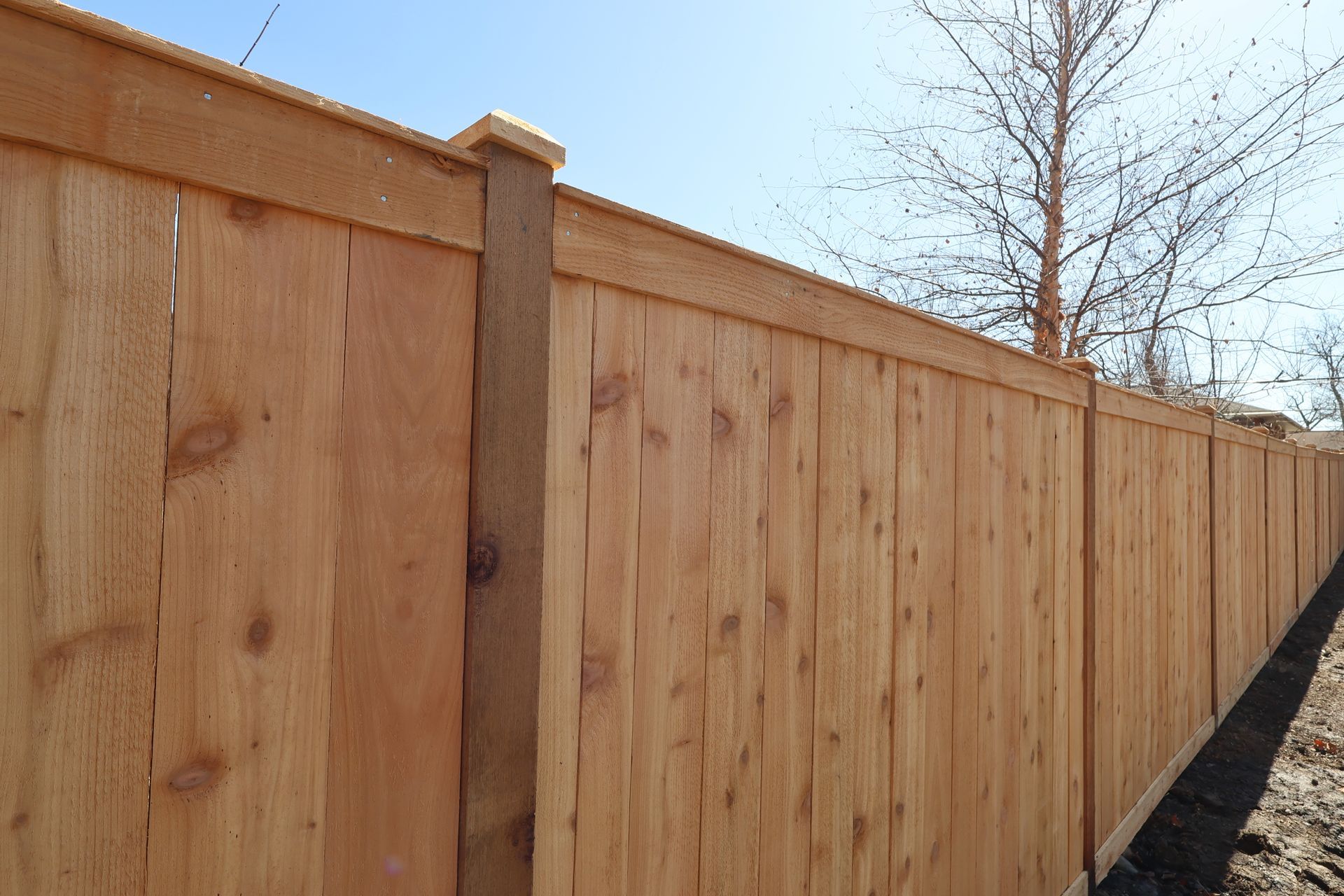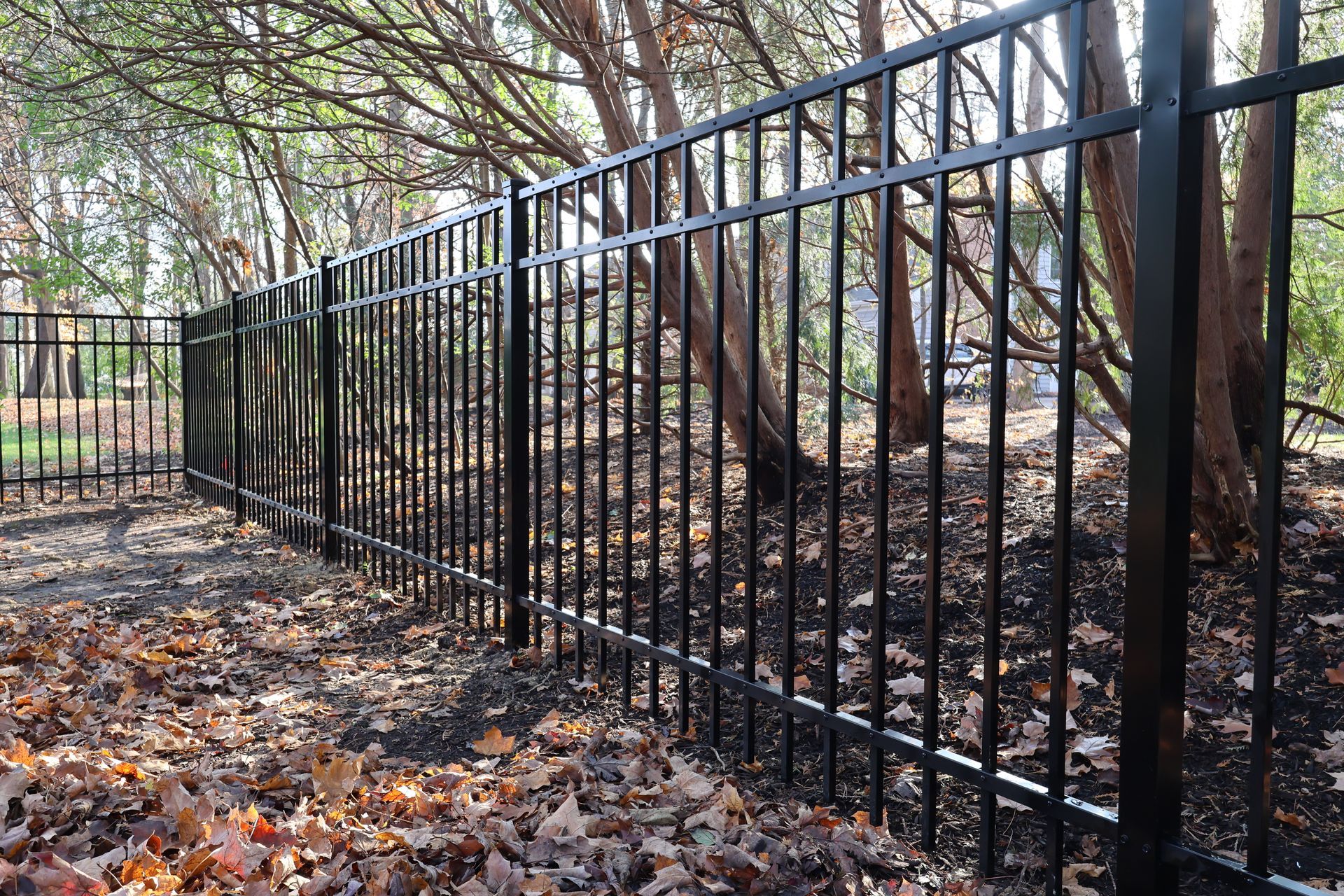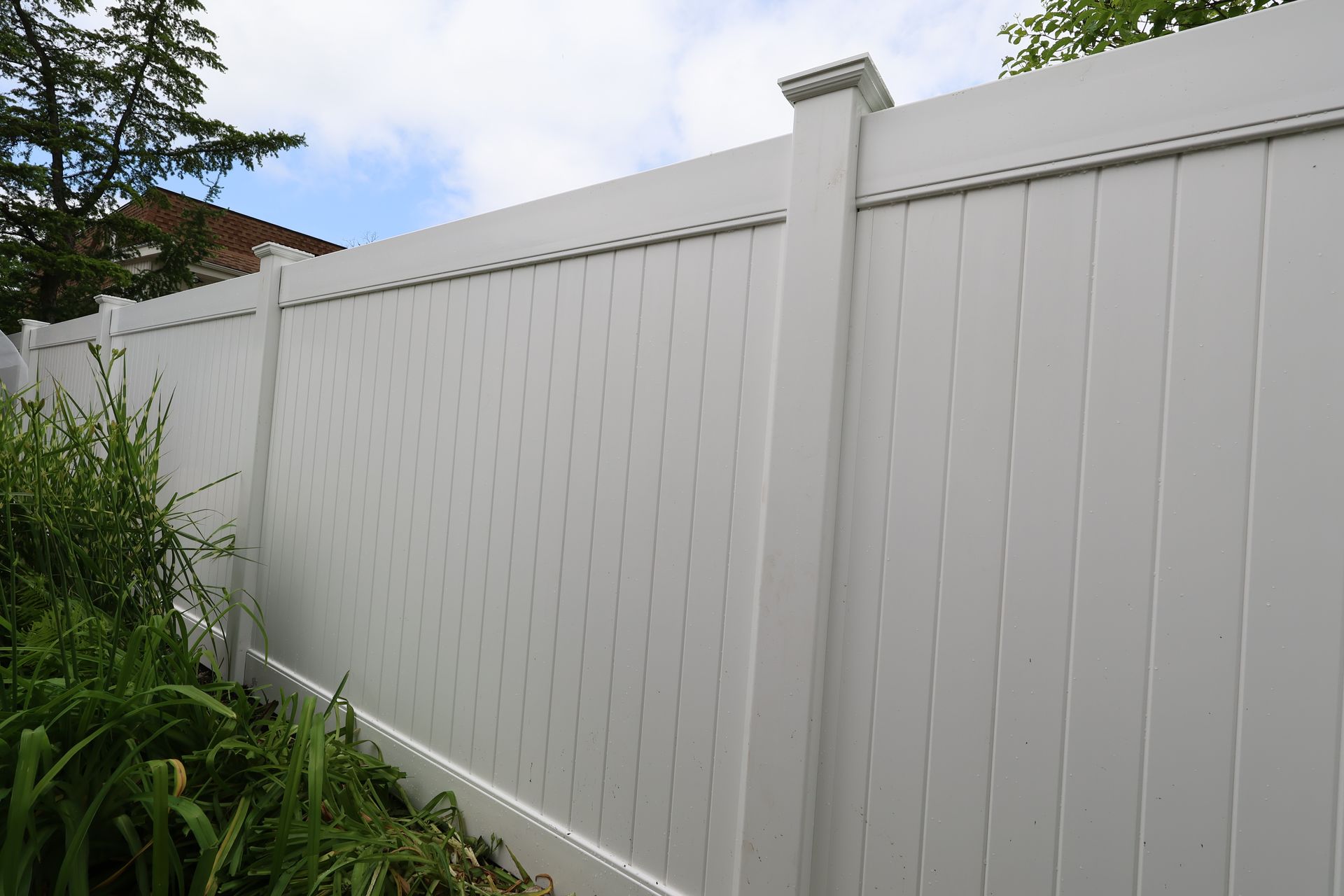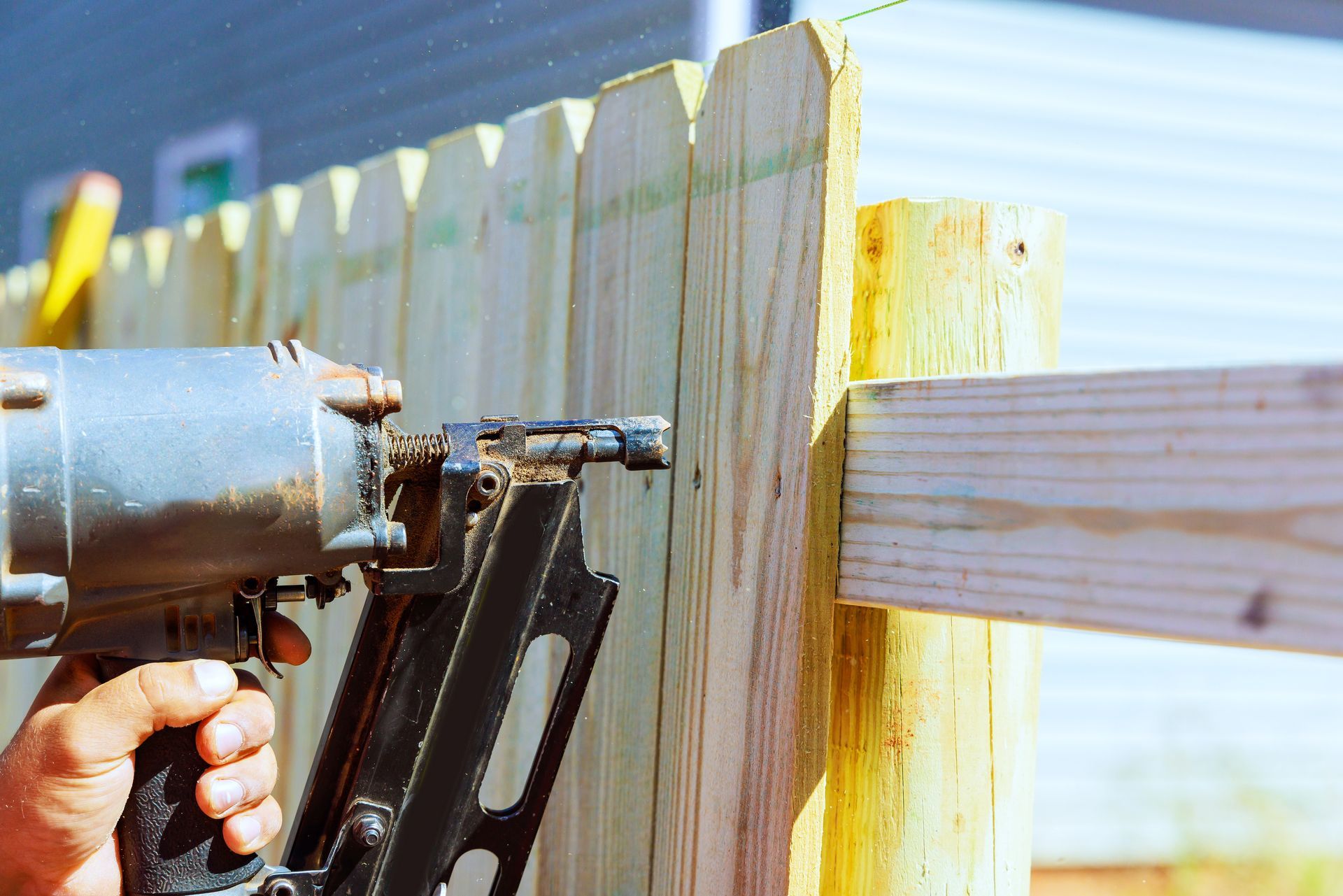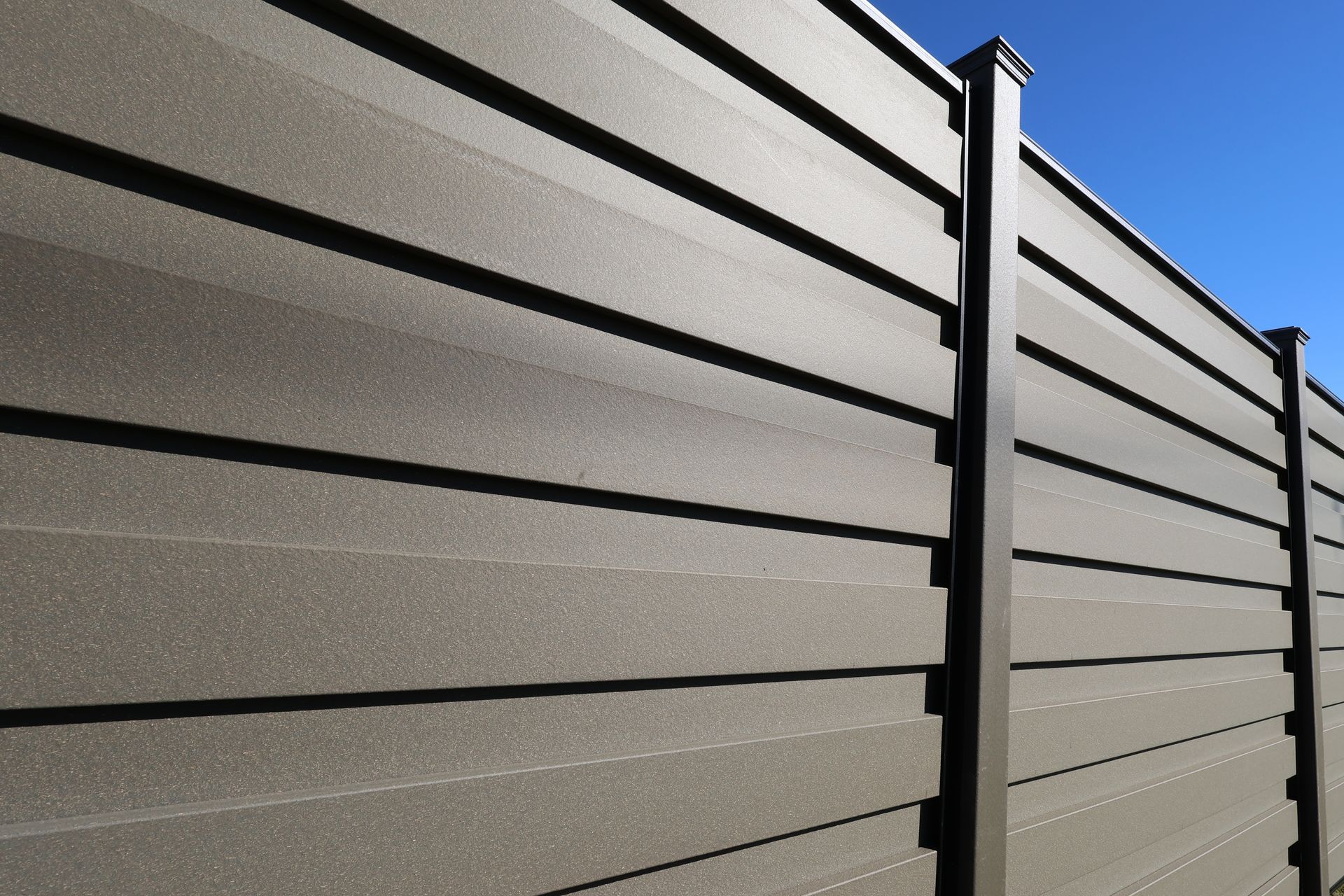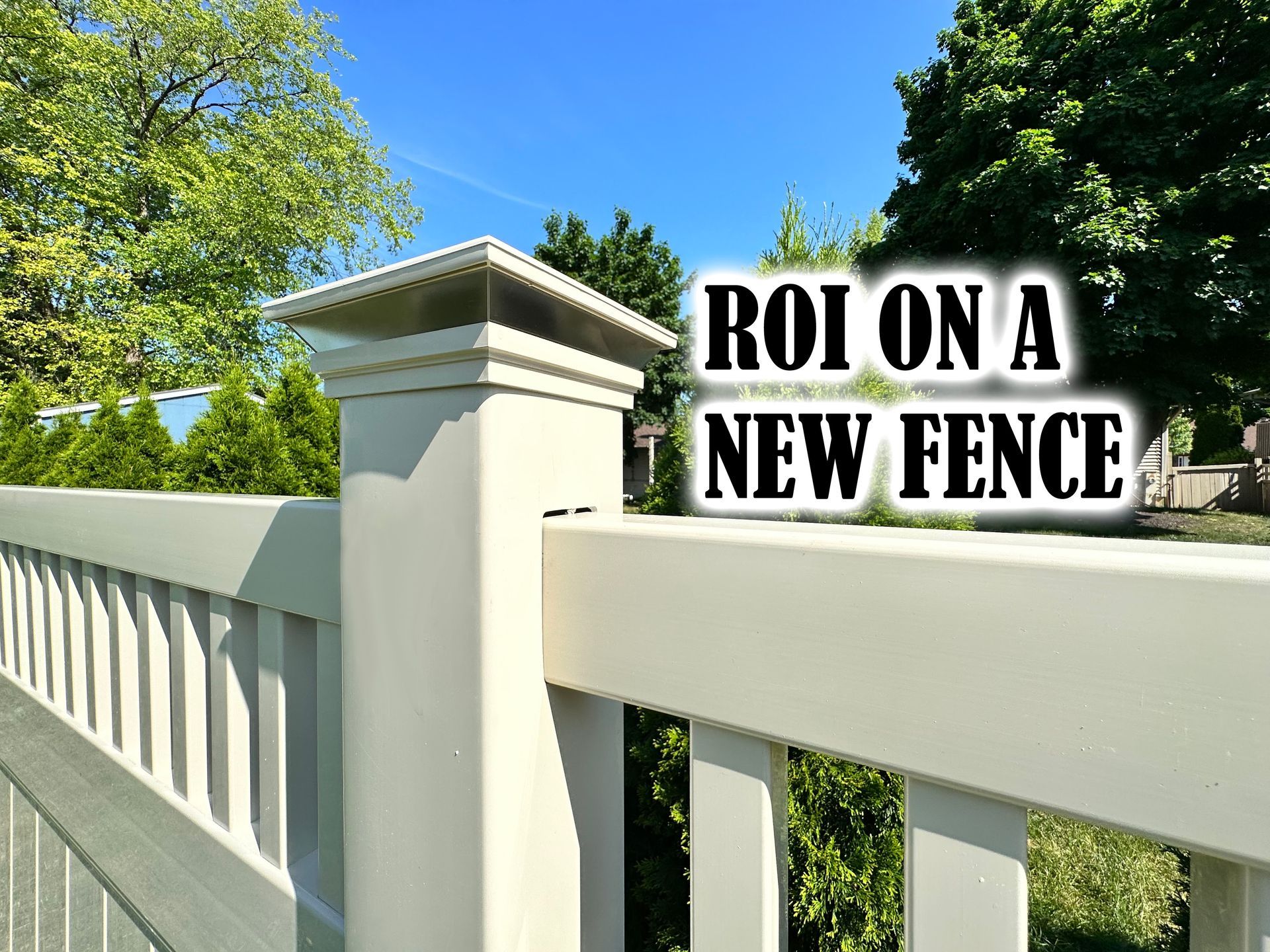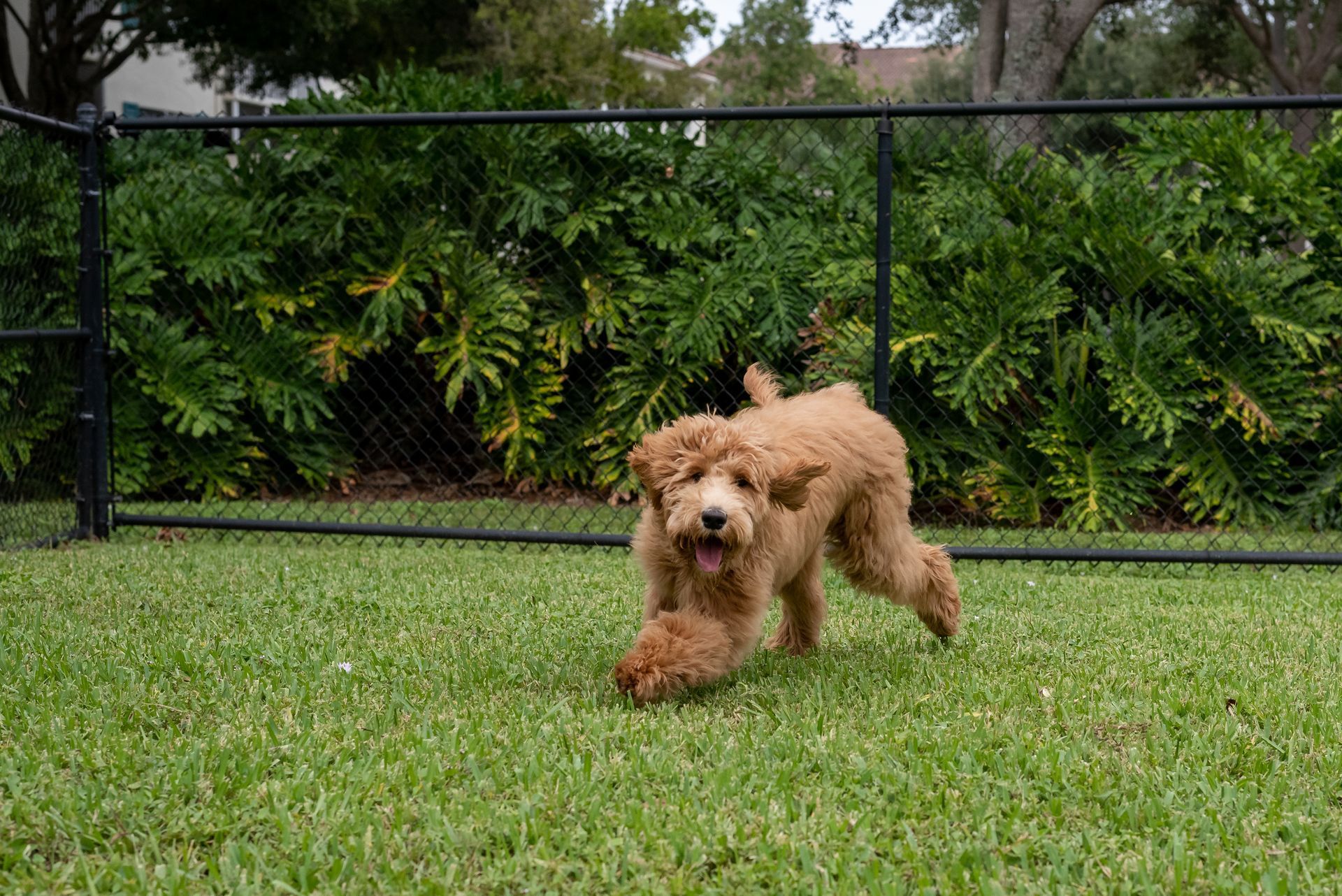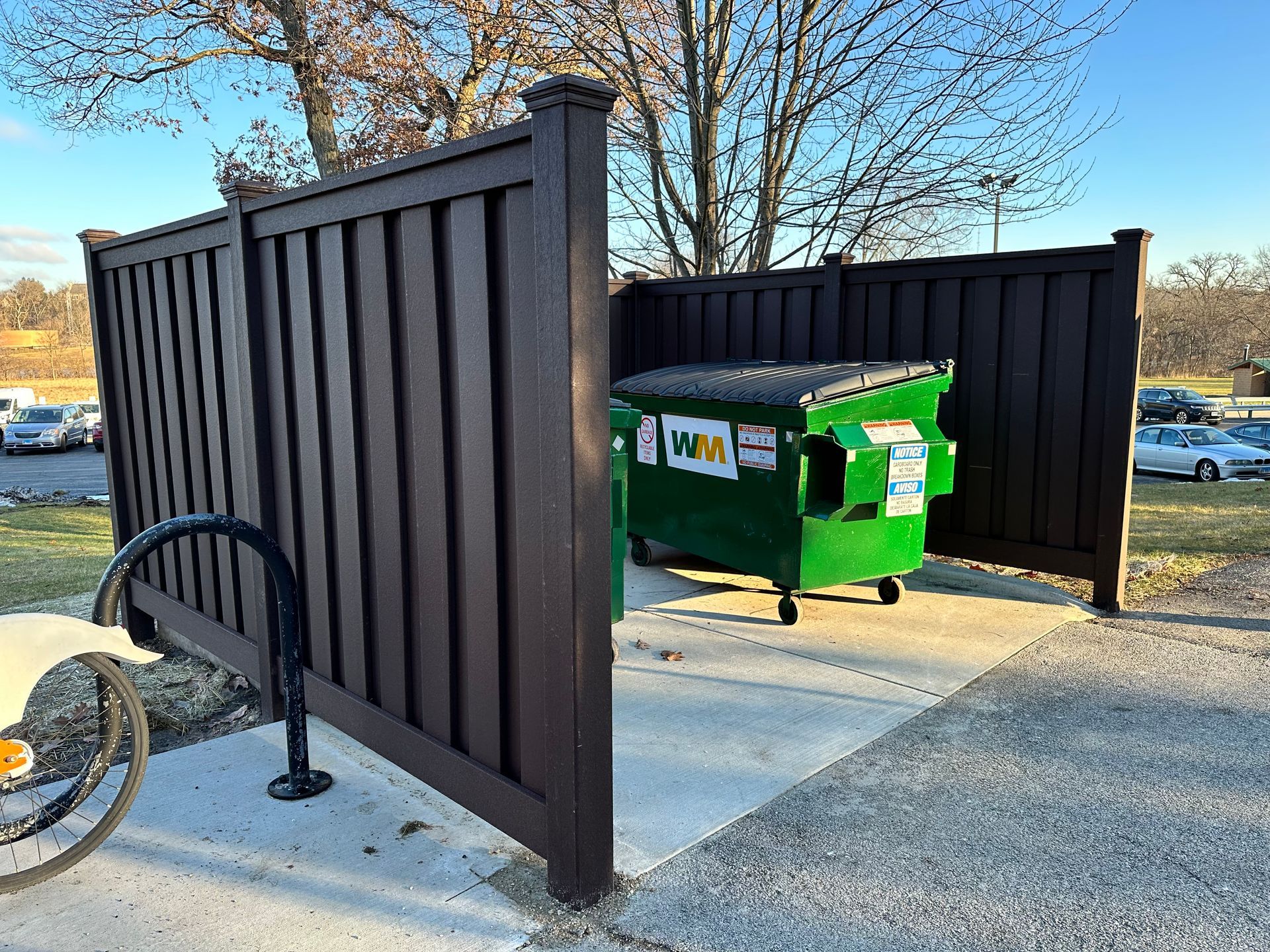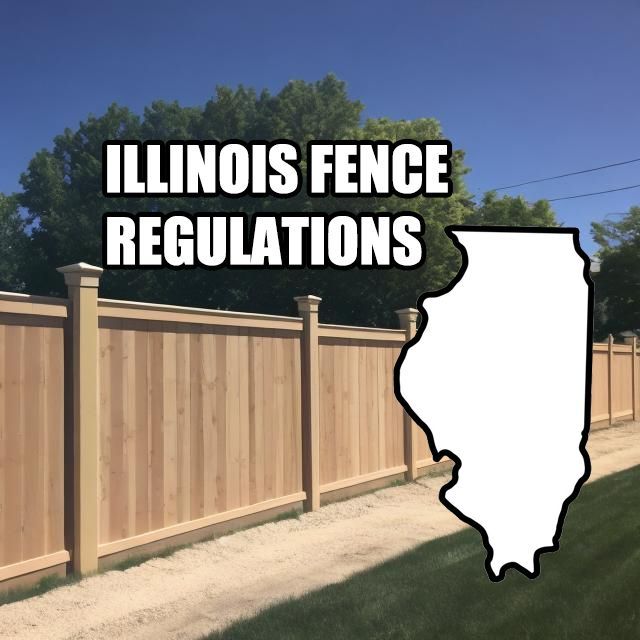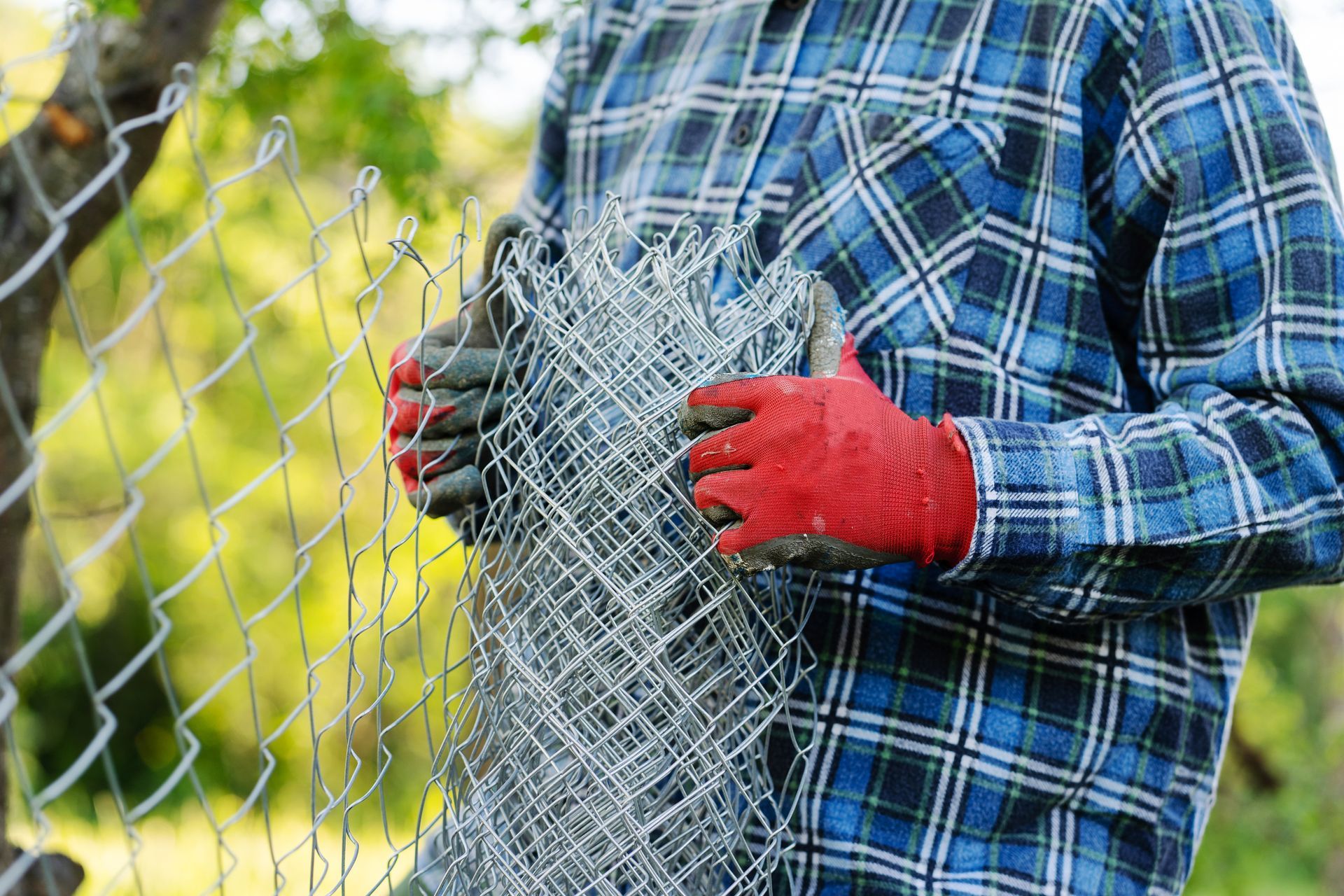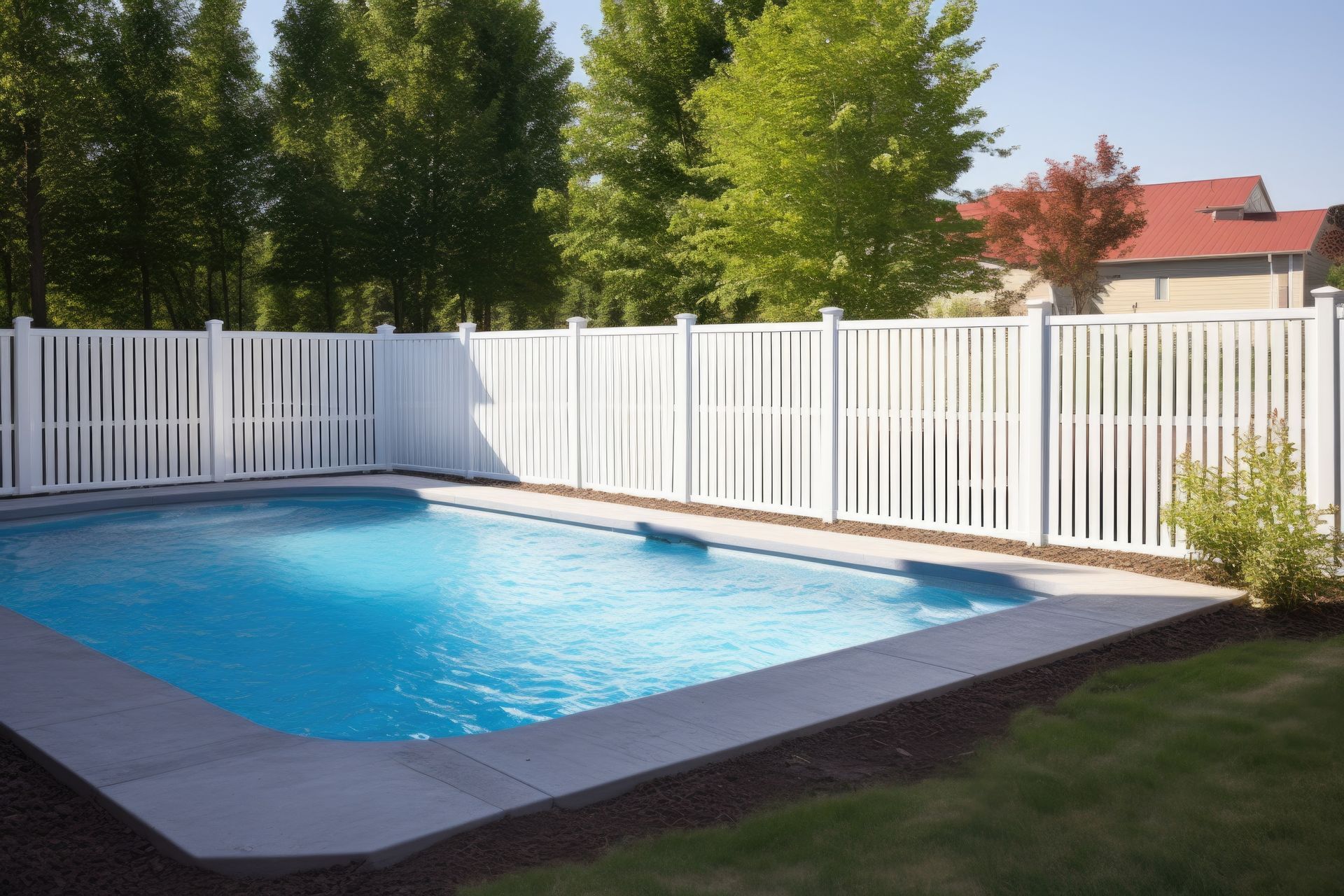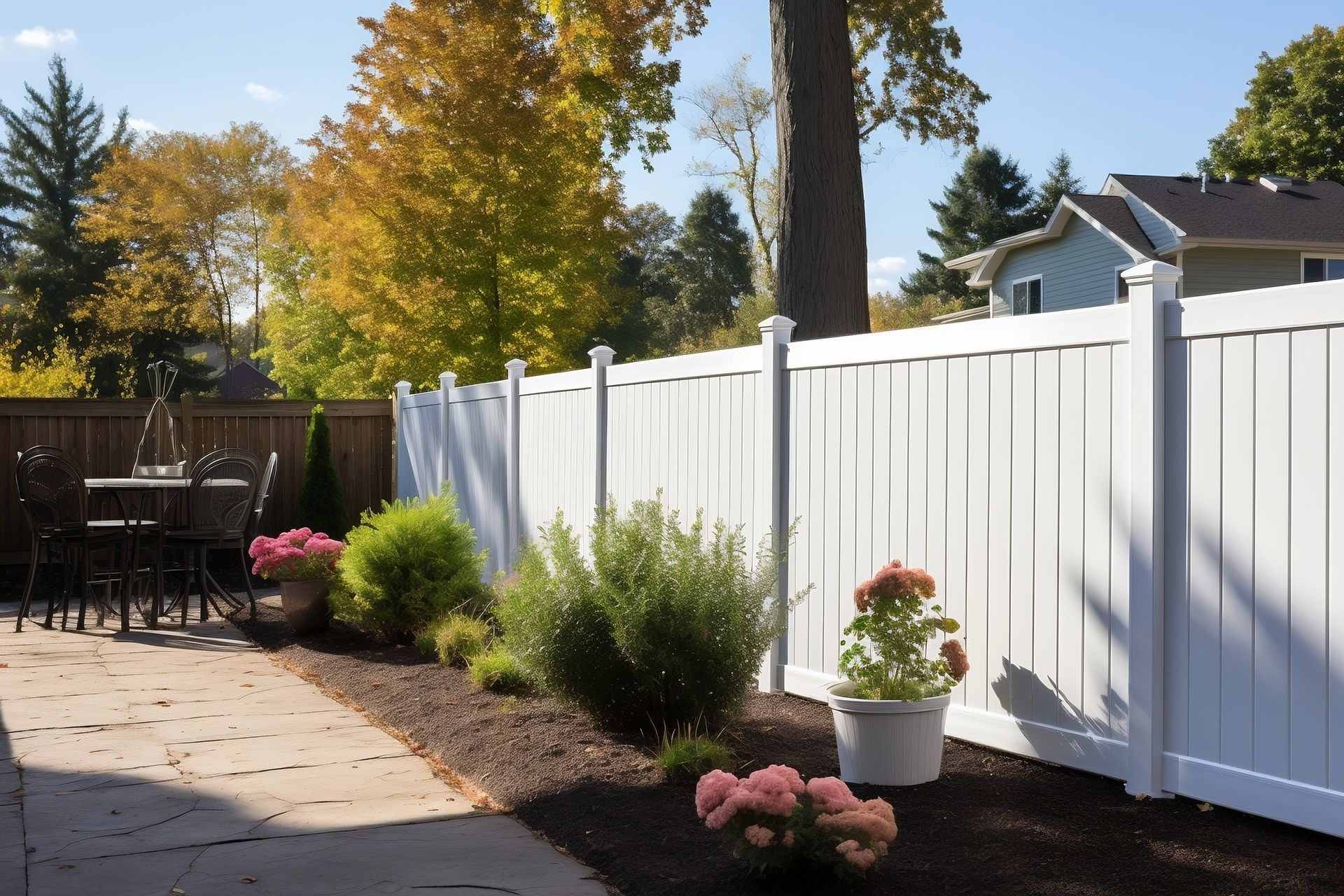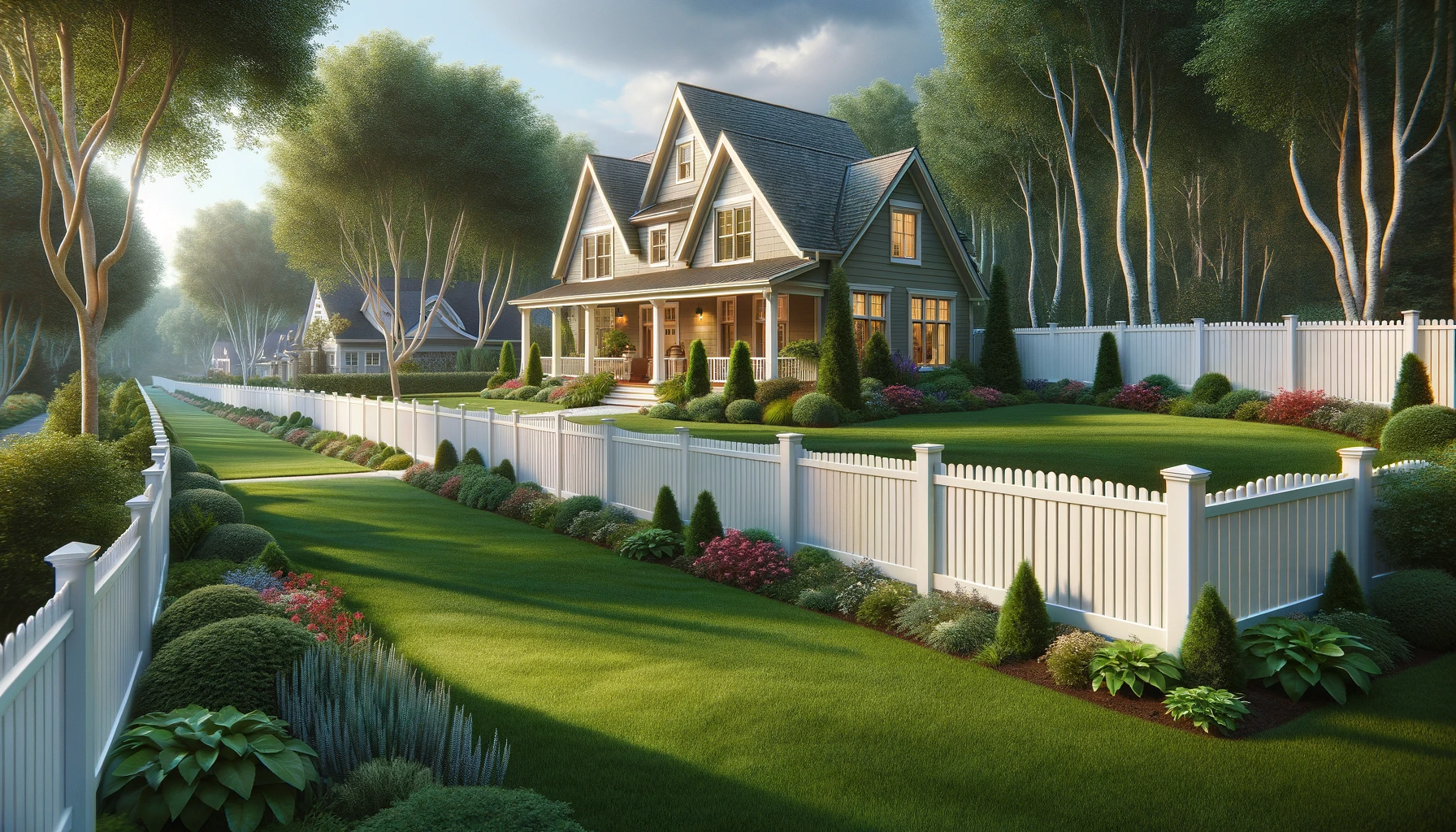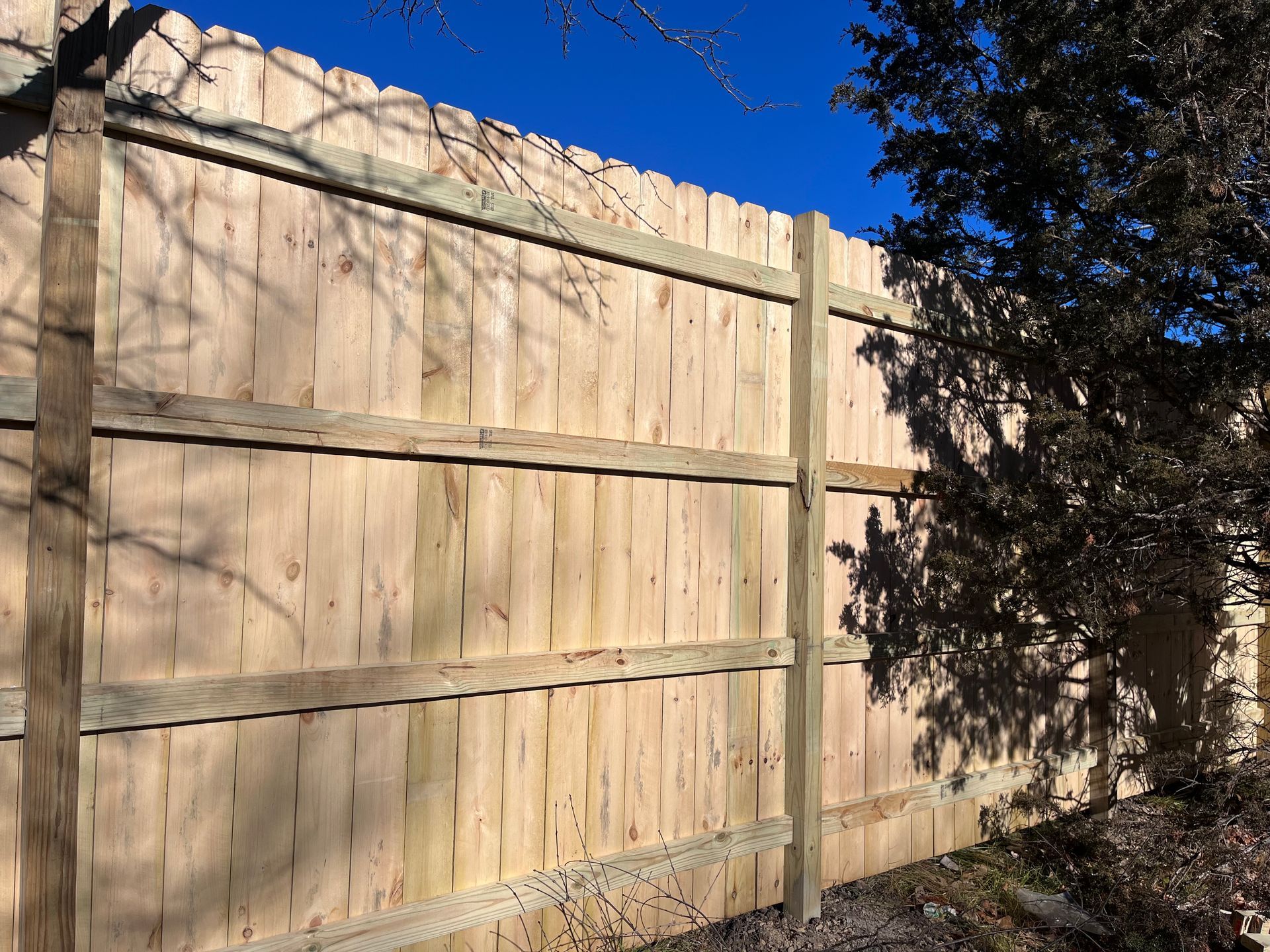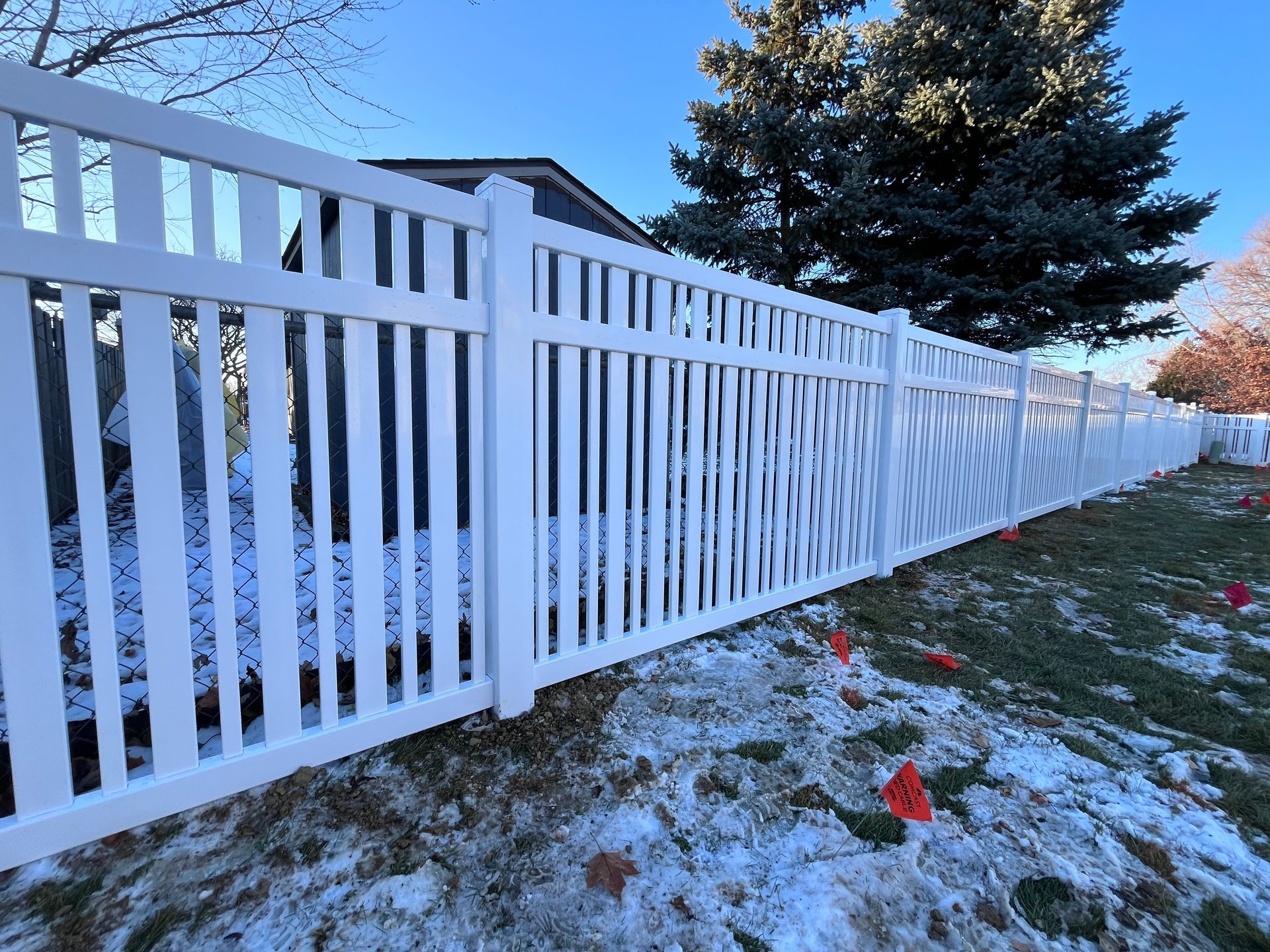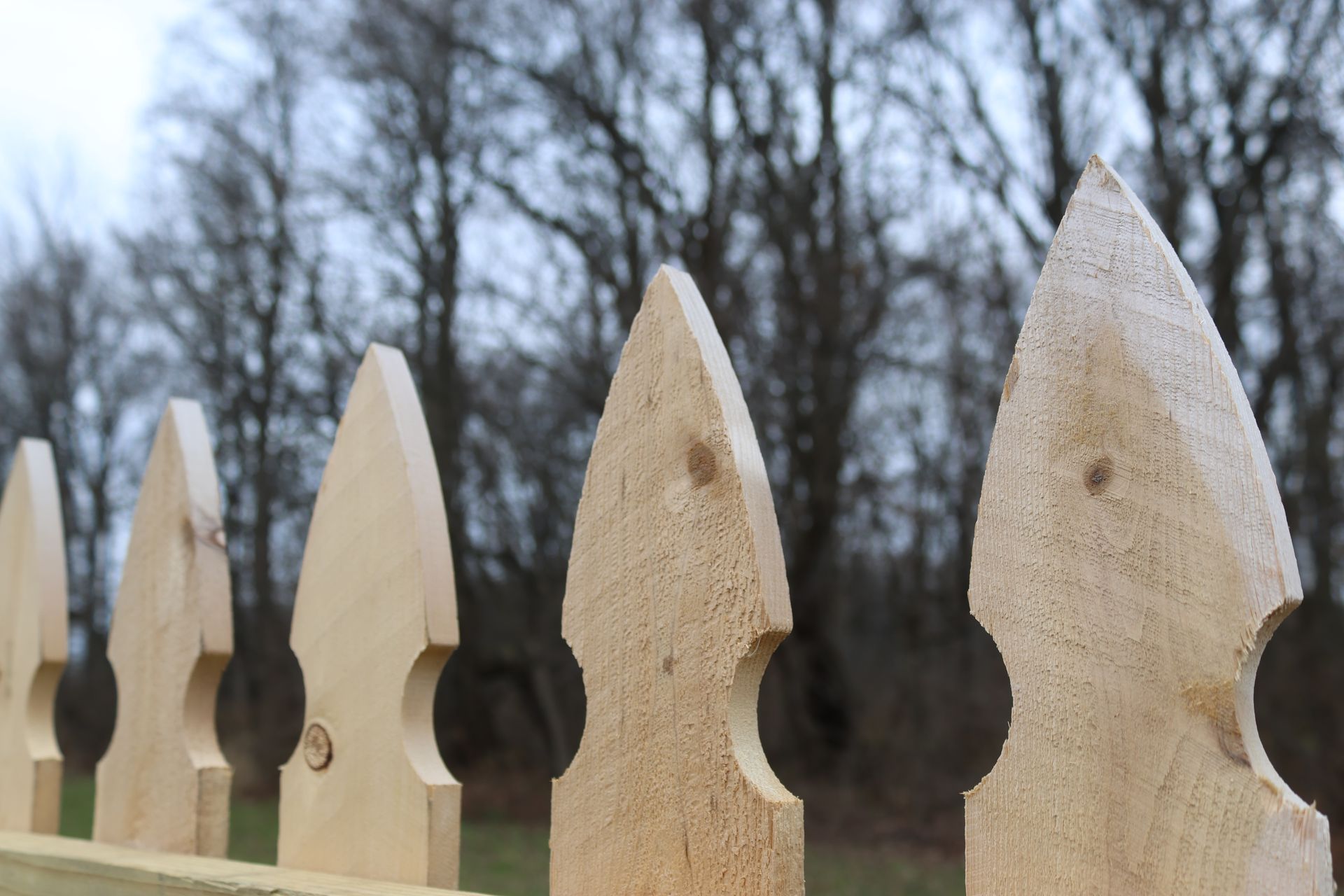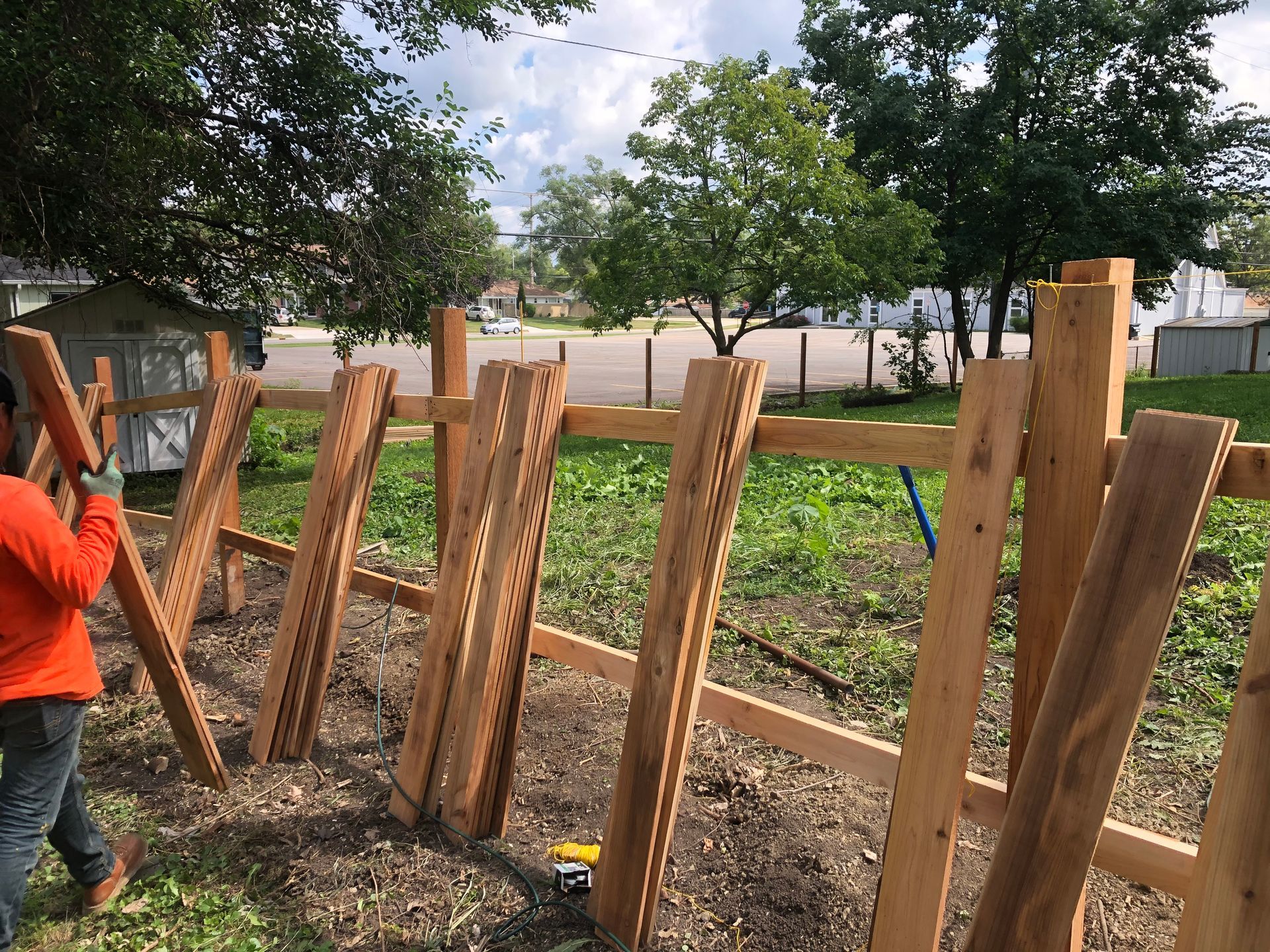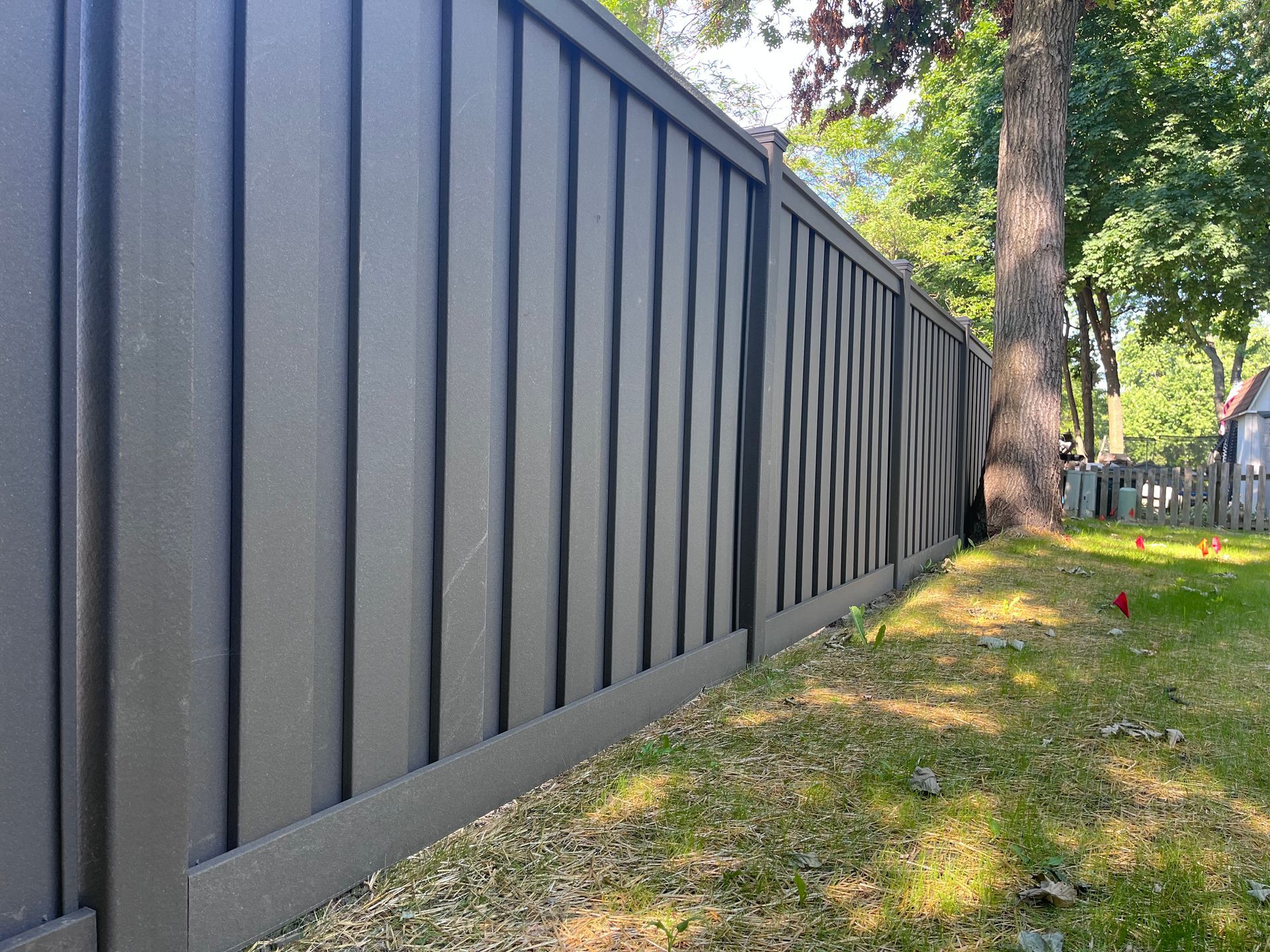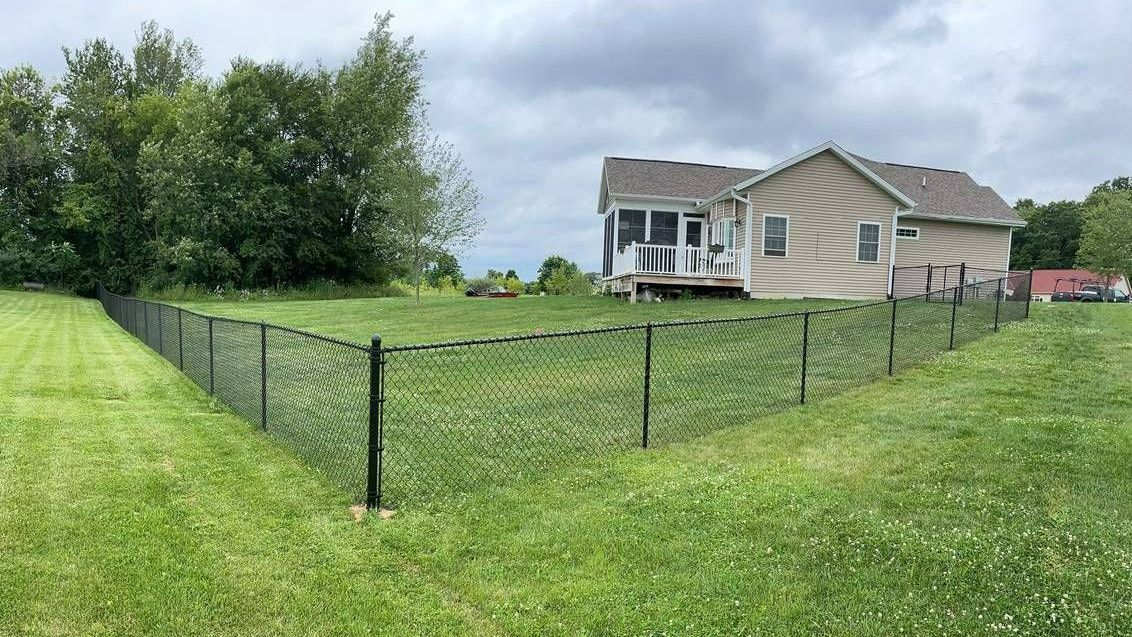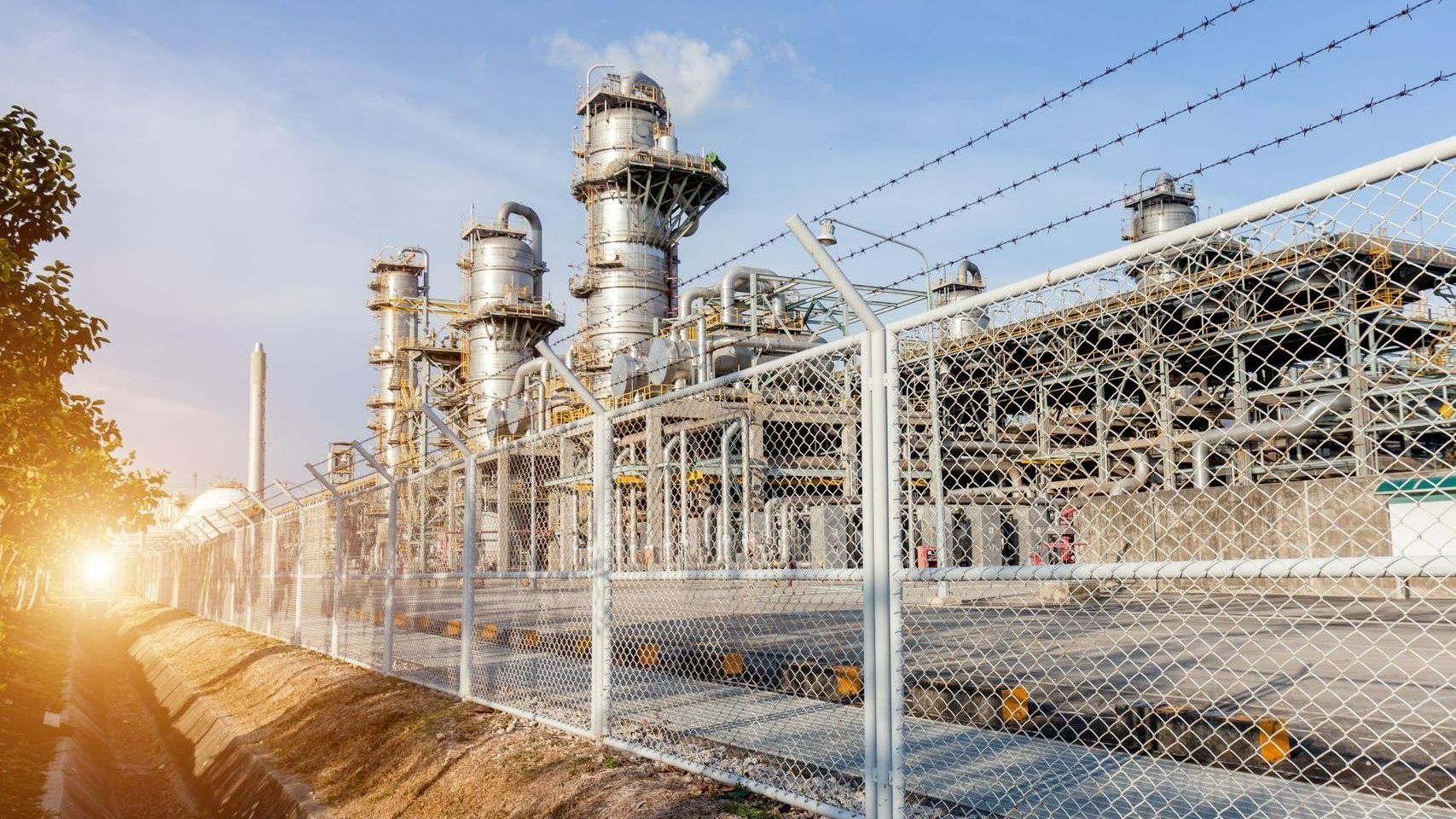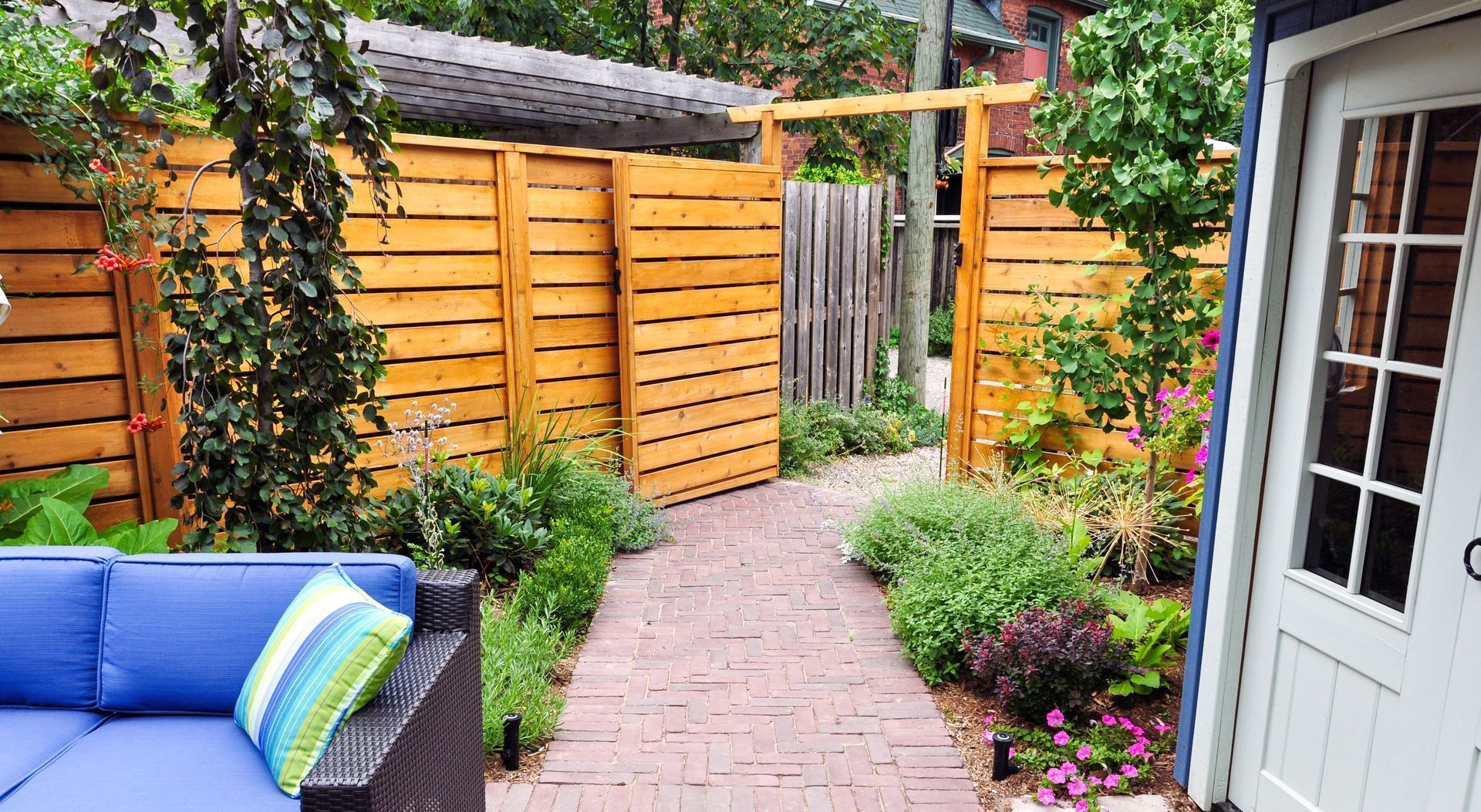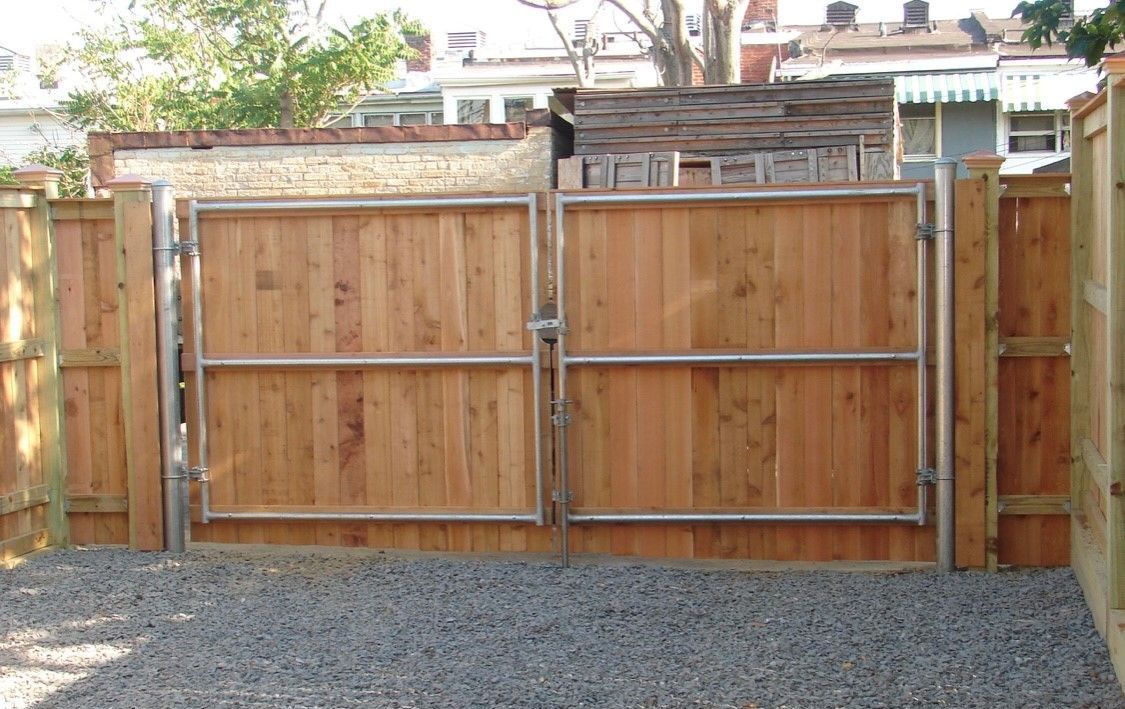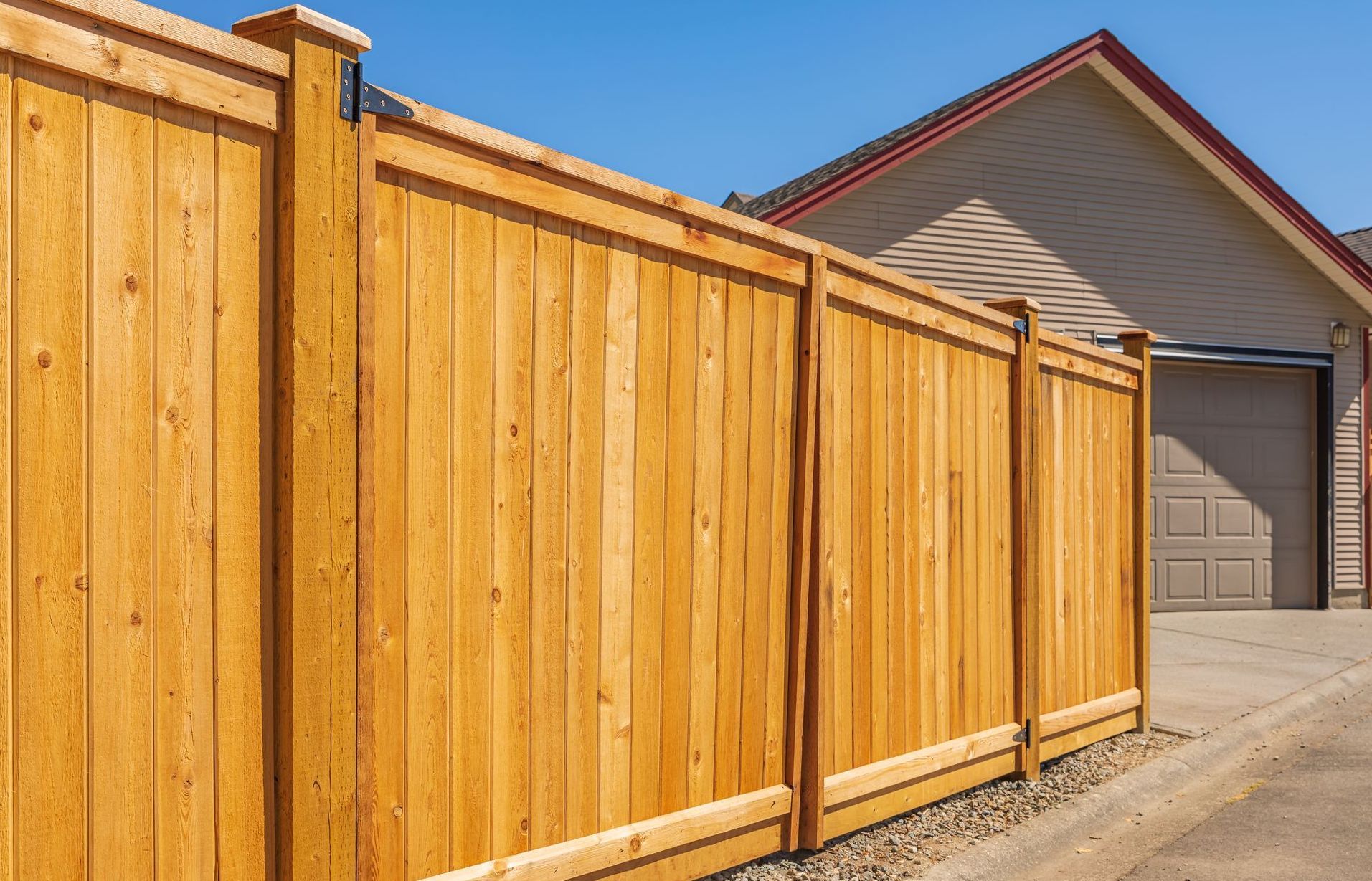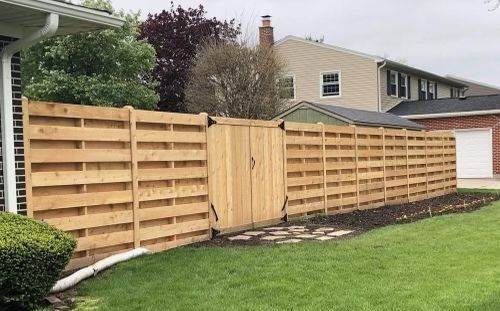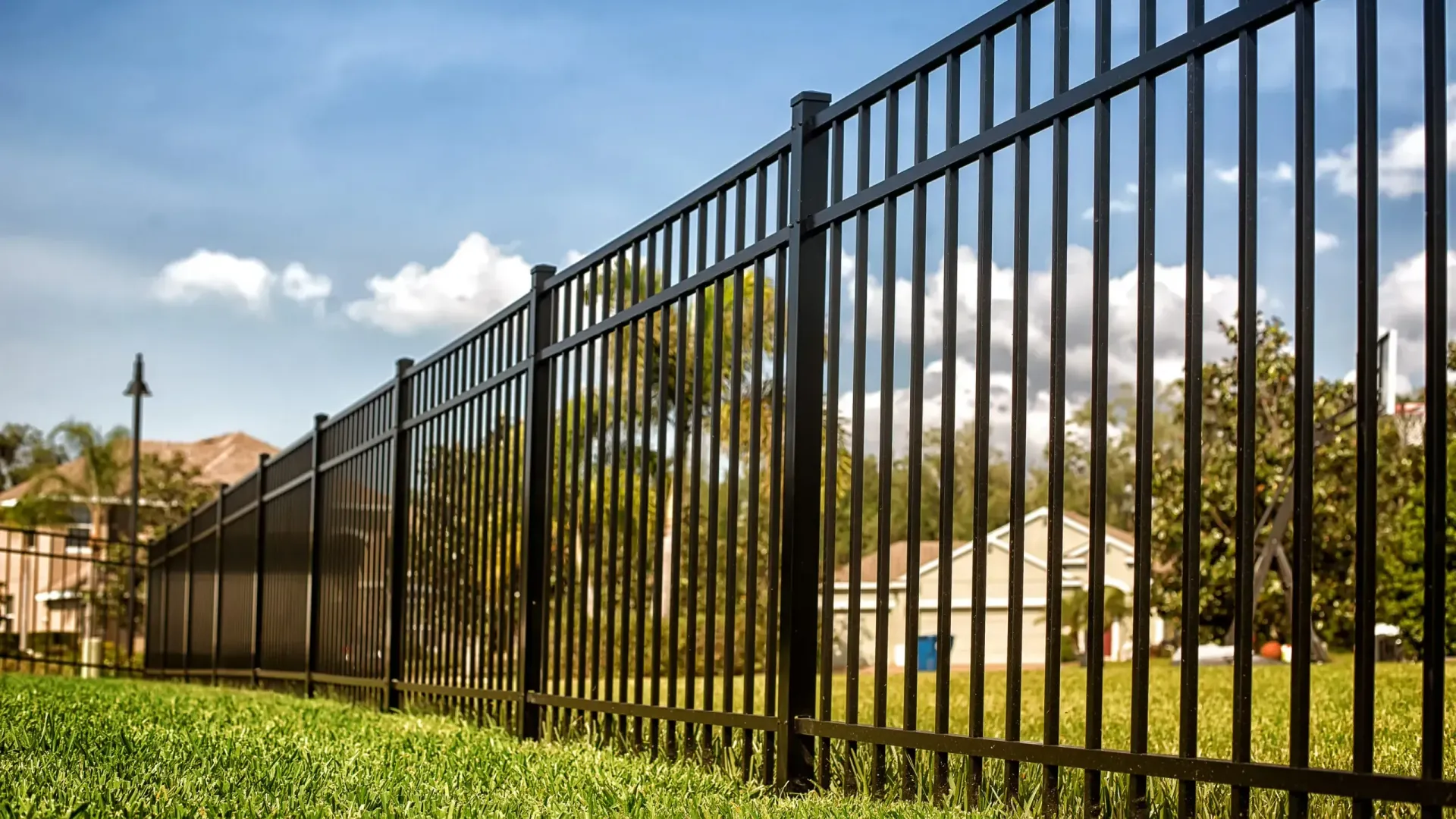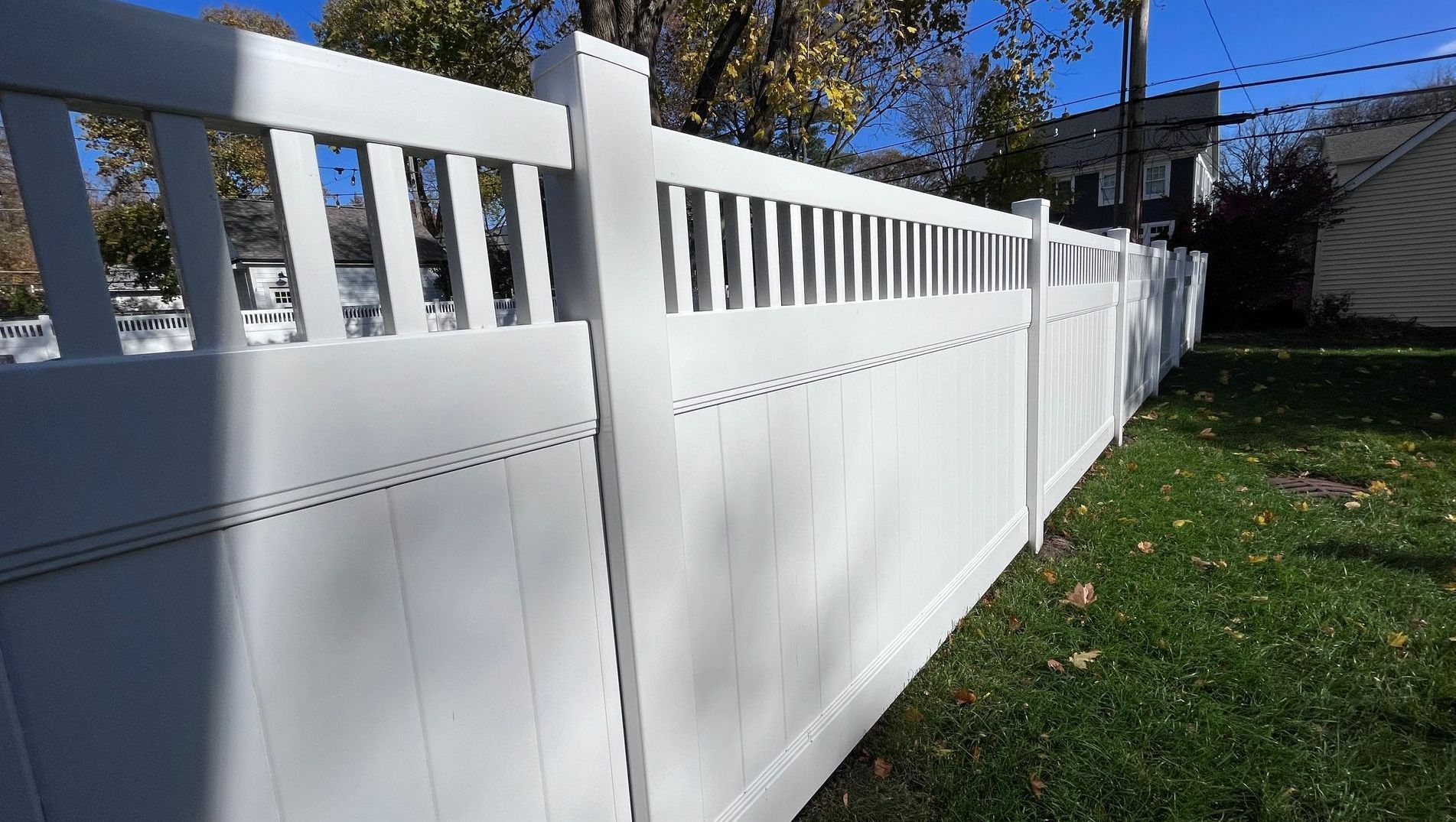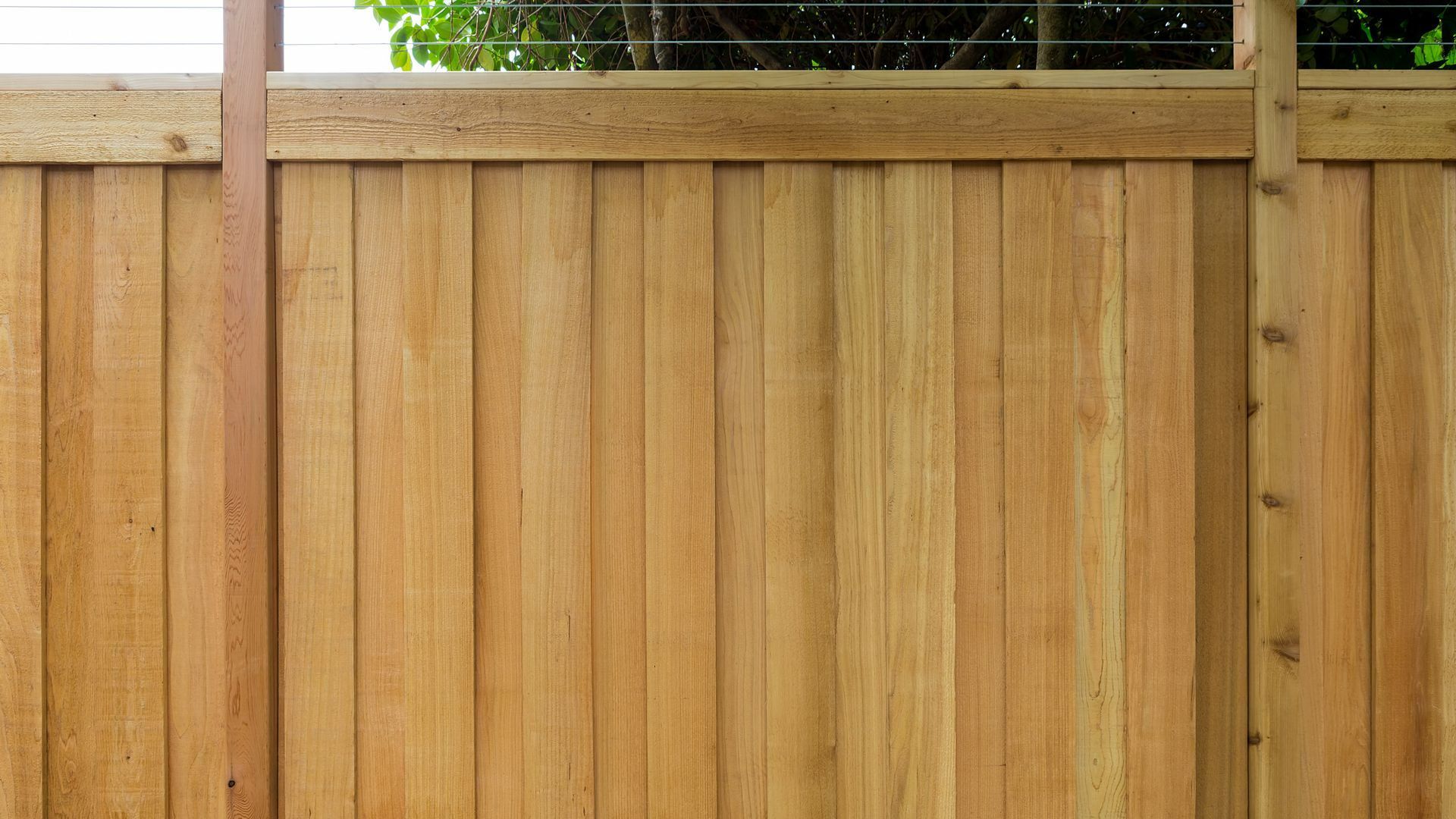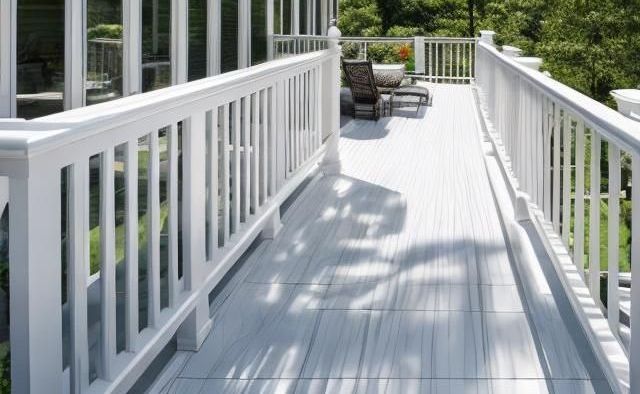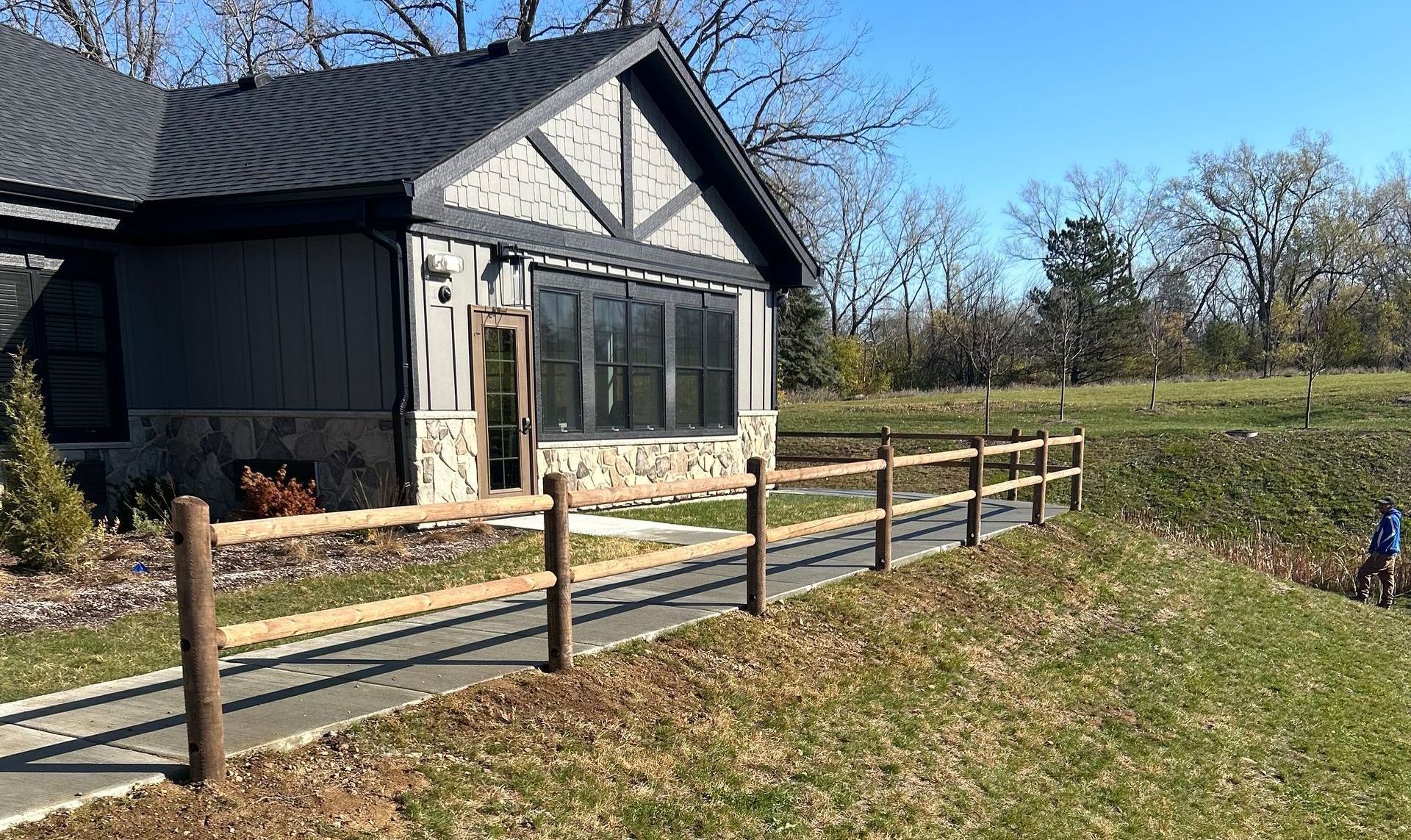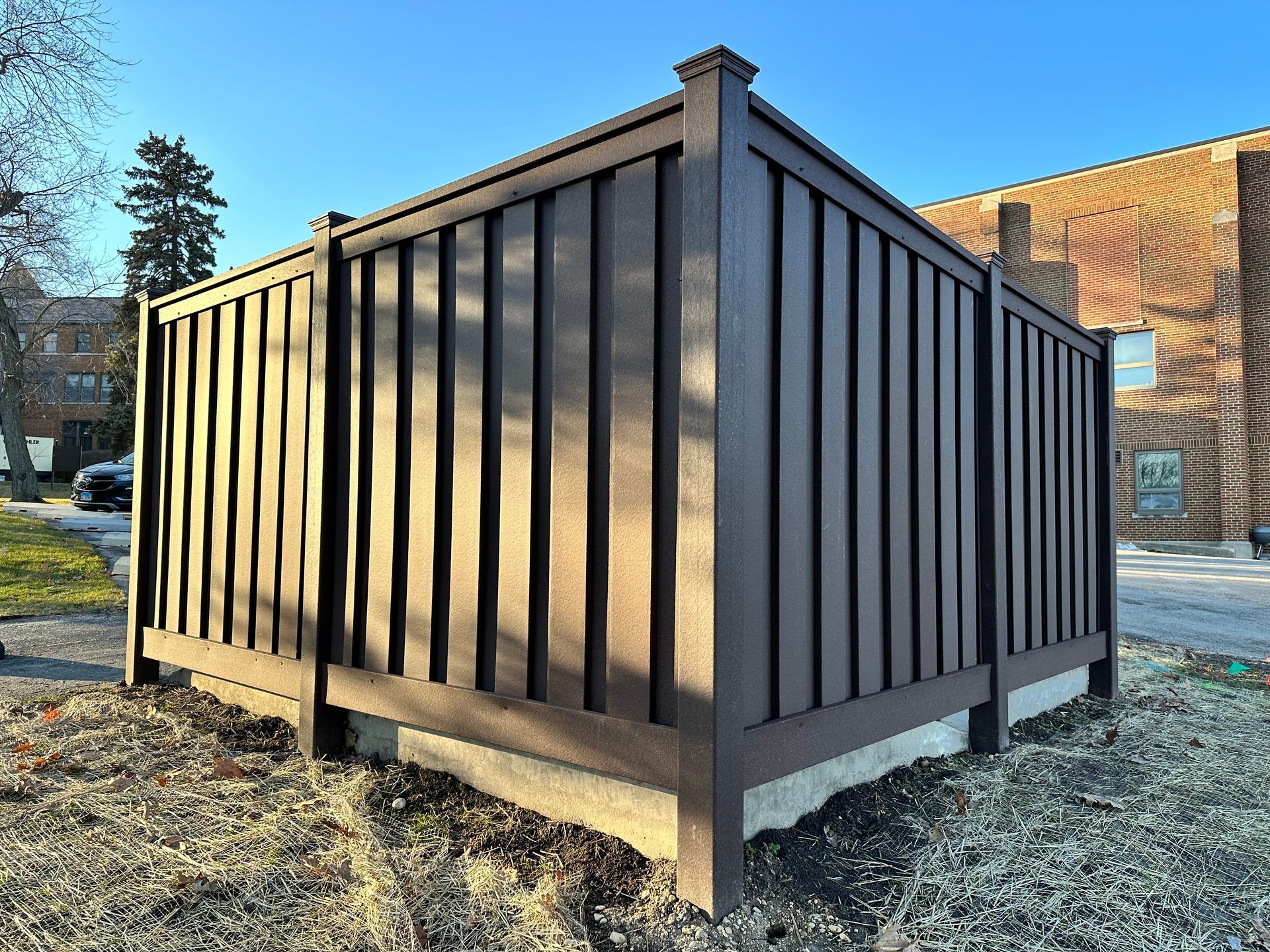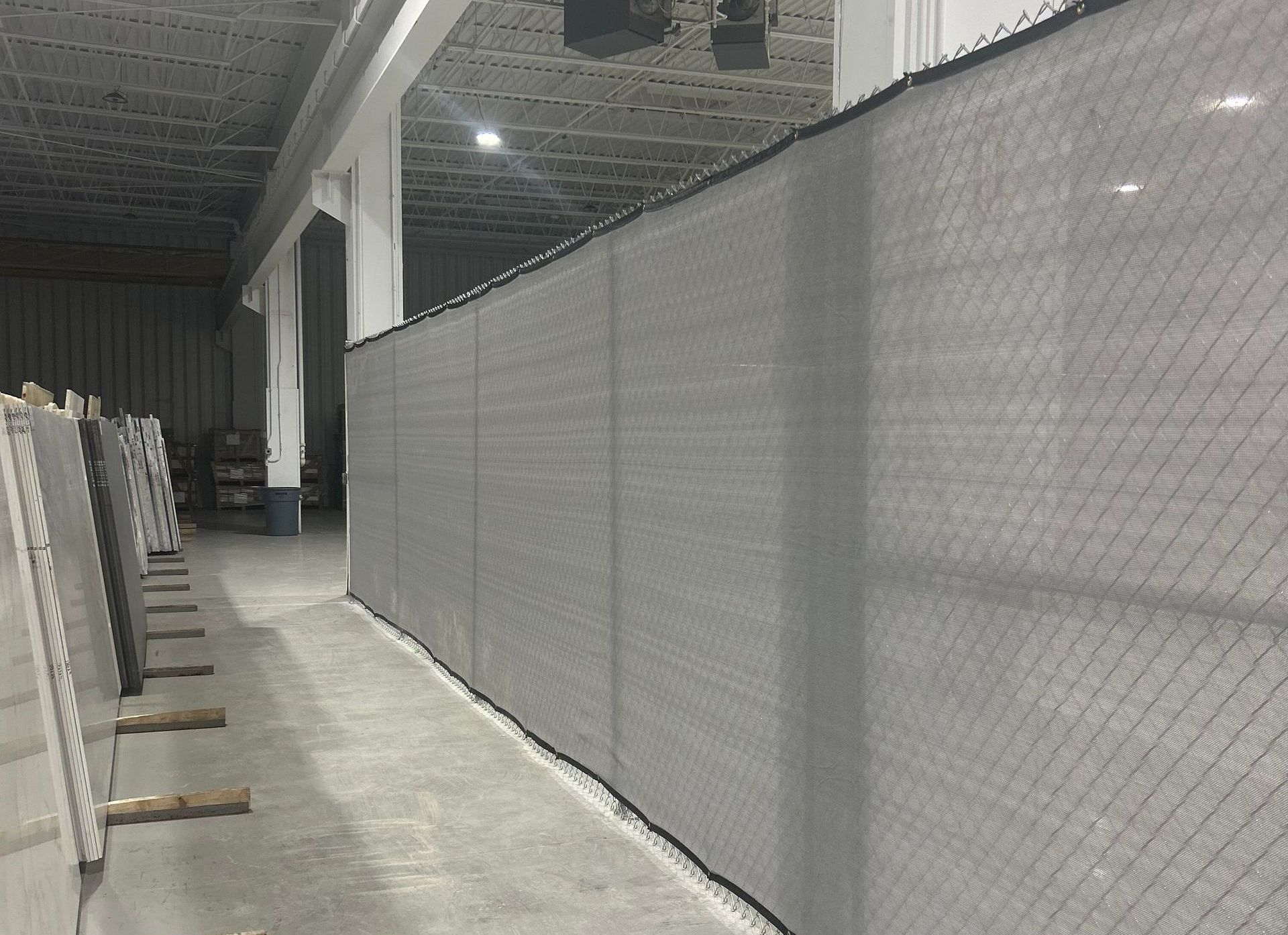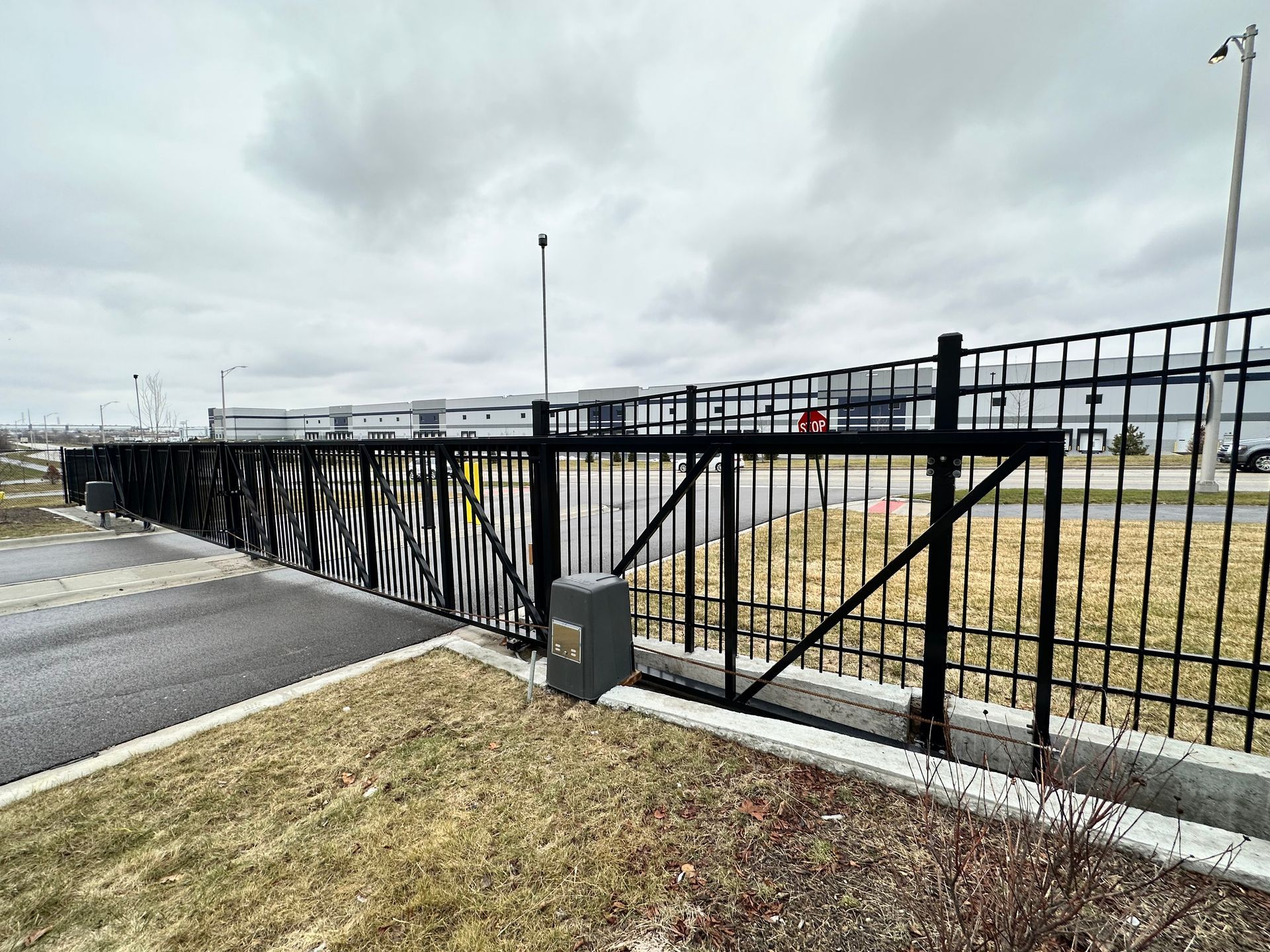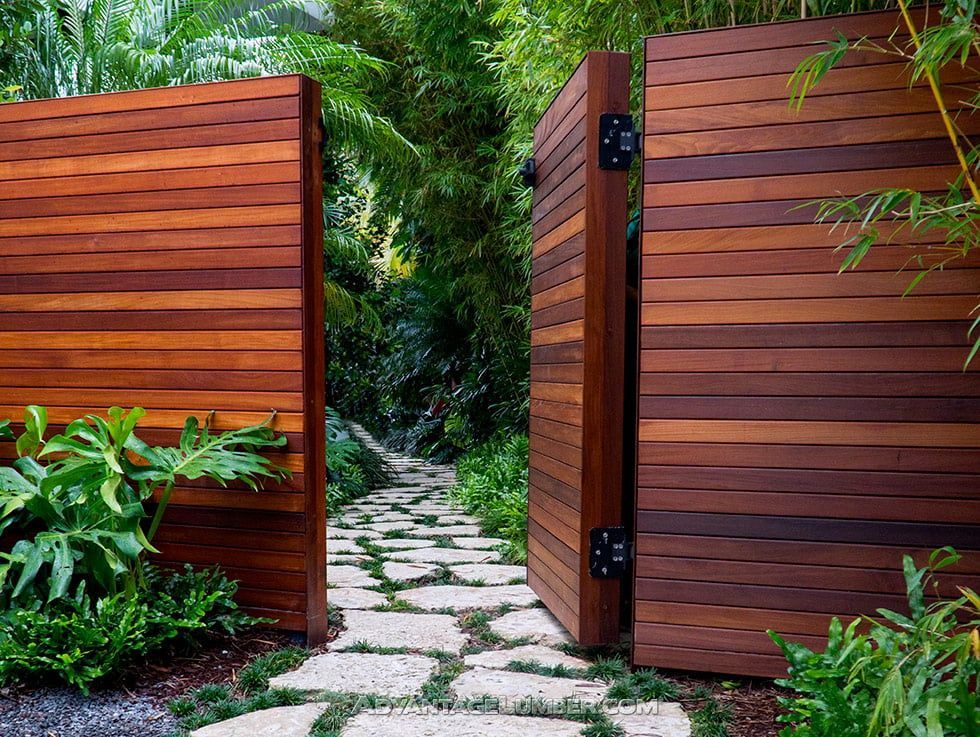Wood Fence Styles
Wood fence comes in a variety of style options, but what is best for your application?

Wood Fence Styles
Fence installation not only enhances the aesthetic appeal of a property but also provides security and privacy. In Illinois, two popular materials used in fence construction are cedar and pressure-treated pine. Each material offers different styles and benefits, and understanding these can help homeowners choose the best option for their needs. This article explores various fence styles, the installation processes, and specific techniques used by professional companies like 76 Fence Company Illinois to ensure durable and visually appealing fences.
Choosing the Right Material: Cedar vs. Pressure-Treated Pine
Cedar is favored for its natural beauty, resistance to decay, and its ability to deter insects naturally. It ages gracefully, turning into a silver-gray patina if left untreated, and does not warp or shrink significantly, making it a long-lasting option for a fence. Cedar is often grown quickly and artificially, so it only lasts about 10-15 years. Fence staining can extend the life of cedar, if done every other year, for another 5-10 years on top of that.
Pressure-treated pine, on the other hand, undergoes a chemical treatment to resist rot, decay, and termite damage. It is generally less expensive than cedar and can last a long time with proper maintenance, though it may not offer the same aesthetic appeal as cedar. Treated pine is known to last 15+ years with little maintenance. With staining, pine could last you another 5-10 years.
Popular Fence Styles and Their Variations
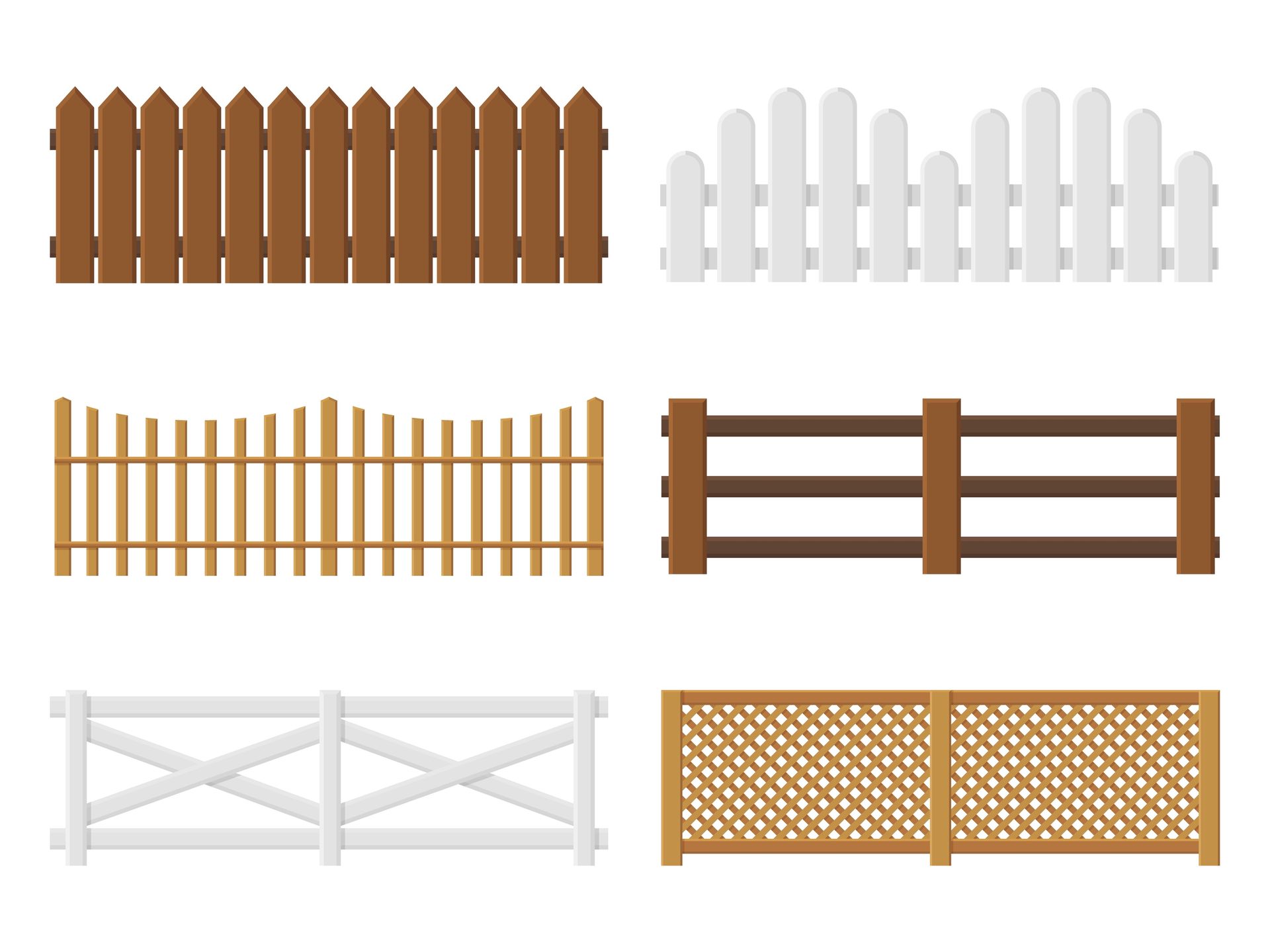
Picket Fence
A quintessential symbol of American landscaping, picket fences are often used for aesthetic purposes more than privacy. They typically stand 3 to 4 feet tall and feature evenly spaced vertical boards, or pickets, which can be cut in several styles:
- Dog Ear: The corners of the picket are clipped, creating a softer, rounded look.
- Flat Top: As the name suggests, these pickets have a flat top which gives a clean, linear appearance.
Privacy Fence
Privacy fences are usually 6 to 8 feet tall and feature pickets placed edge to edge to ensure no gaps. Variations include:
- Standard Privacy: Simple and effective, this style uses plain boards with either a flat or dog-eared top.
- Shadow Box: Alternating boards on either side of the central rail allow some air circulation while still blocking the view.
Semi-Privacy Fence
This style offers a compromise between open picket and full privacy styles. Gaps between the boards reduce the sense of enclosure while still obstructing direct views.
Stockade Fence
Common in historical and more rural settings, stockade fencing uses tall, pointy-topped boards placed tightly together, providing excellent privacy and security.
Split Rail
Split rail fences are typically used in rural areas, marking boundaries without obstructing the view. This style uses long, rough-hewn beams laid horizontally across posts.
Custom Designs
For those seeking a unique touch, custom fences can be designed to meet any aesthetic from modern to traditional. Intricate lattice work, mixed materials, and unique cuts are all possibilities.
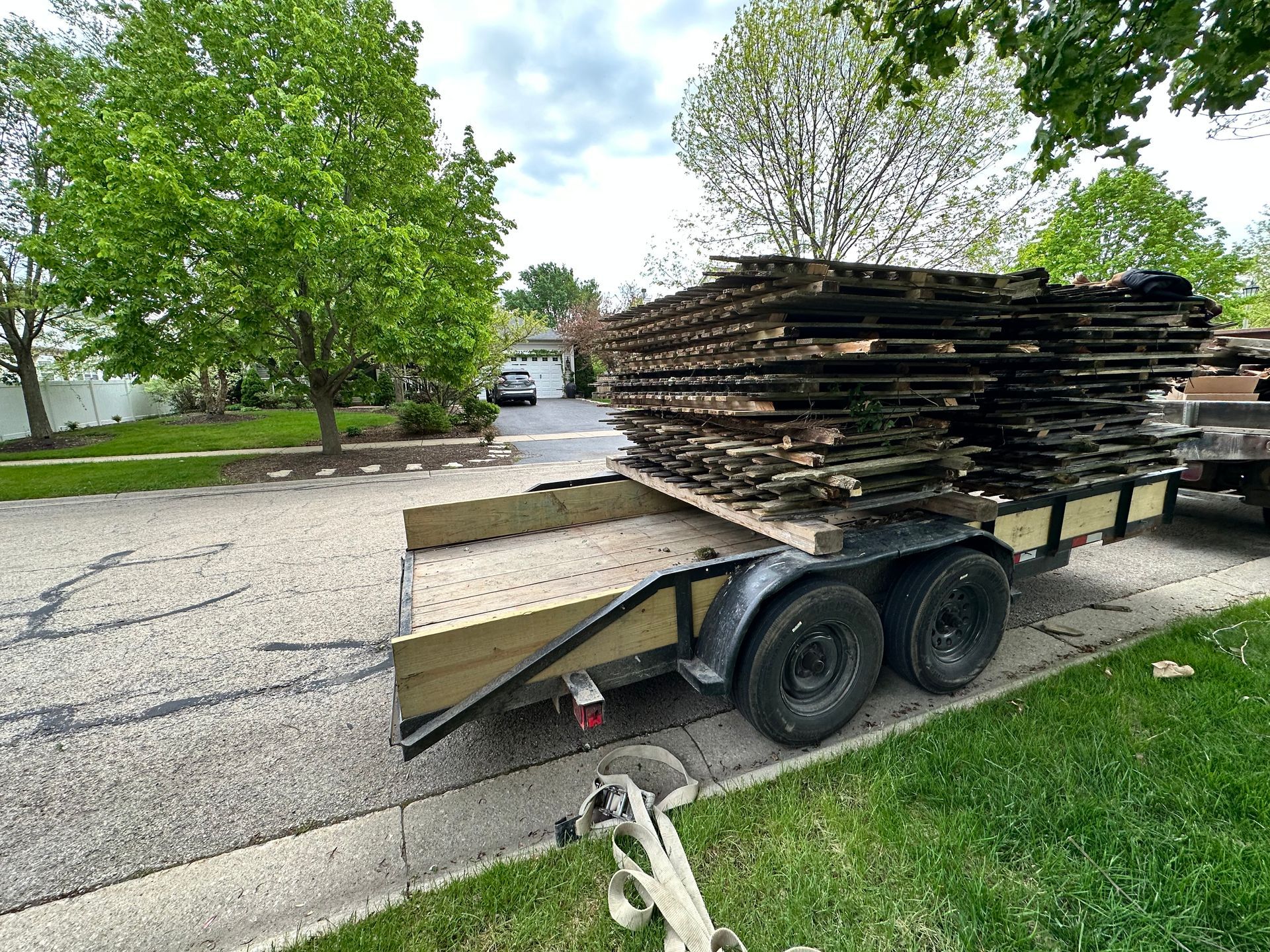
Installation Process
Removing the Old Fence
The first step in a new fence installation is often removing the old fence. This involves dismantling the existing structure, which can be labor-intensive and requires proper disposal of the old materials.
Municipal Regulations
Each municipality in Illinois has its own set of regulations concerning fence installations, including height restrictions, setback requirements, and style restrictions, especially in historic districts. It's crucial to consult local regulations before starting a project.
Installation Techniques by 76 Fence Company
76 Fence Company is known for its professional approach to fence installation, which includes:
- Proper Post Hole Depth: Ensuring that post holes are dug to the appropriate depth, which depends on the height of the fence and the soil conditions. In Illinois, frost lines must also be considered to prevent shifting during freeze-thaw cycles.
- Using a String Line: This ensures that the fence lines are straight and even, which is vital for both appearance and structural integrity.
- Quality Materials: Using high-quality cedar or pressure-treated pine ensures durability and long-term satisfaction. All materials are chosen to withstand local weather conditions and pests.
Wood Fence Styles in Illinois
Whether you opt for the natural elegance of cedar or the durability of pressure-treated pine, there are numerous styles and installation options to suit any property in Illinois. Companies like 76 Fence Company specialize in installing these fences with a focus on quality craftsmanship and adherence to local regulations, ensuring that each fence is not only beautiful but also built to last. Choosing the right style and material, and working with experienced professionals, can transform the look and feel of your property while providing privacy and security for years to come.
The most common wood fence style in suburban Illinois is privacy or picket. The most common in rural Illinois is stockade or split rail. We can professionally install any wood fence style of your choosing! Schedule a free fence estimate with us today.
Fence Installation Blog

